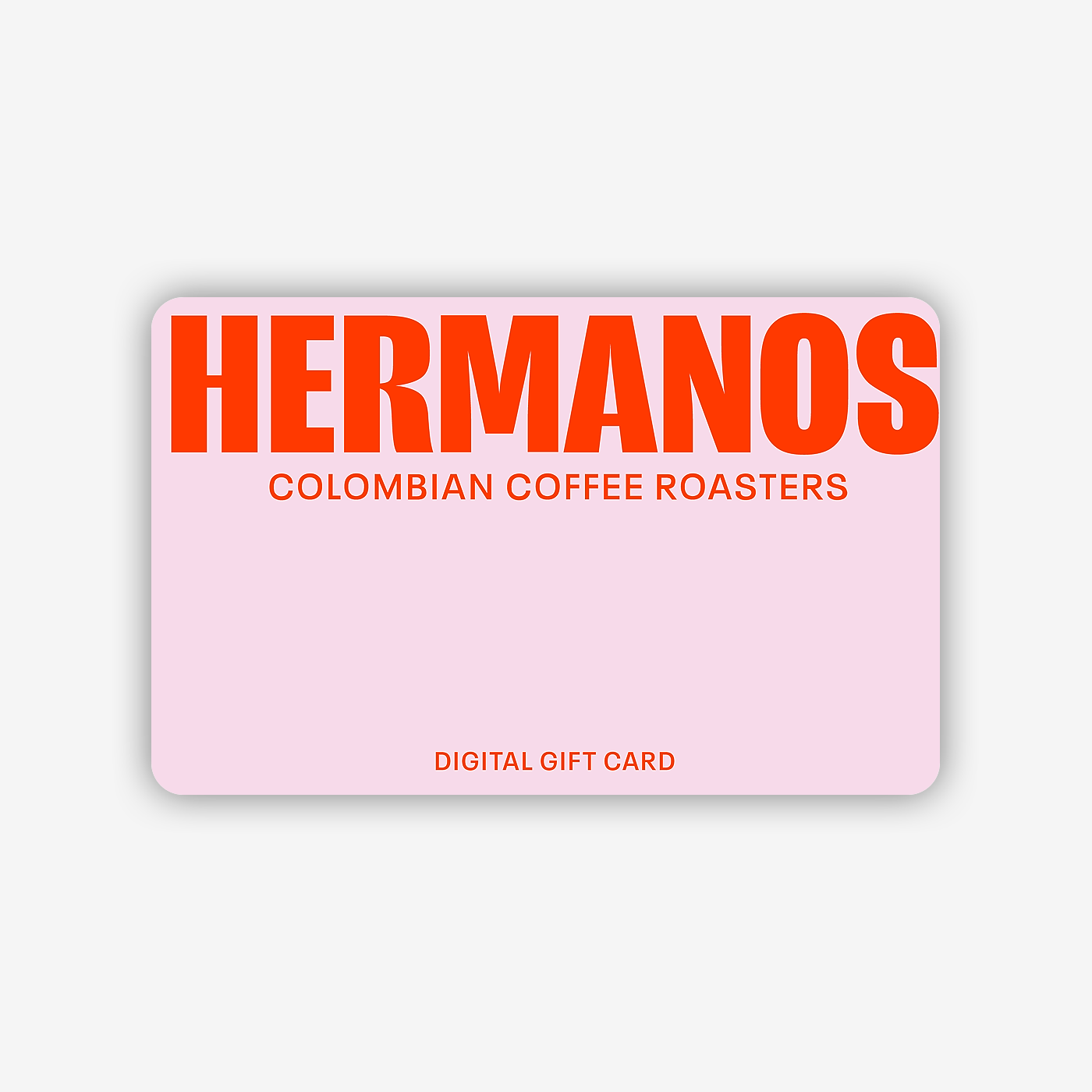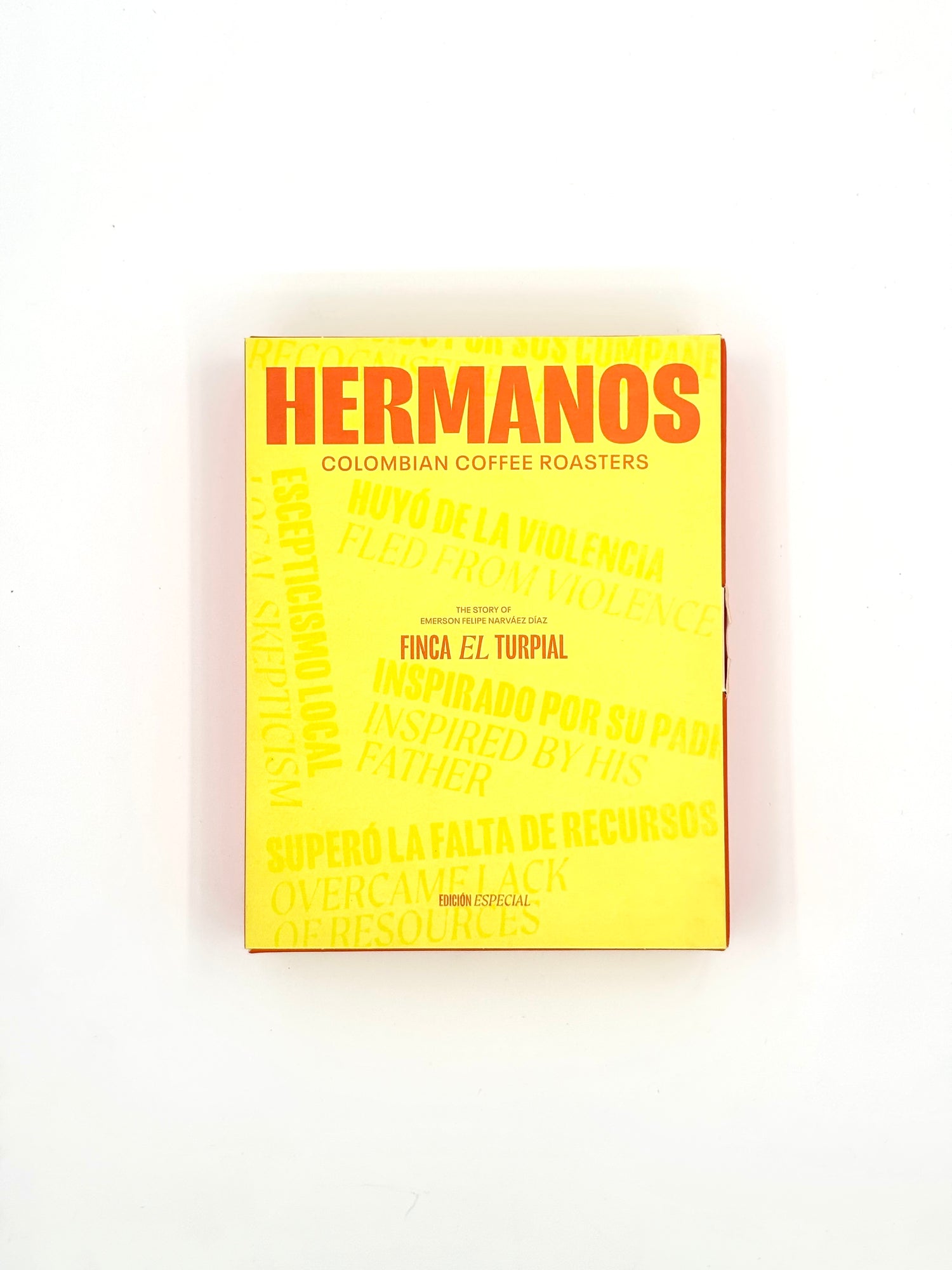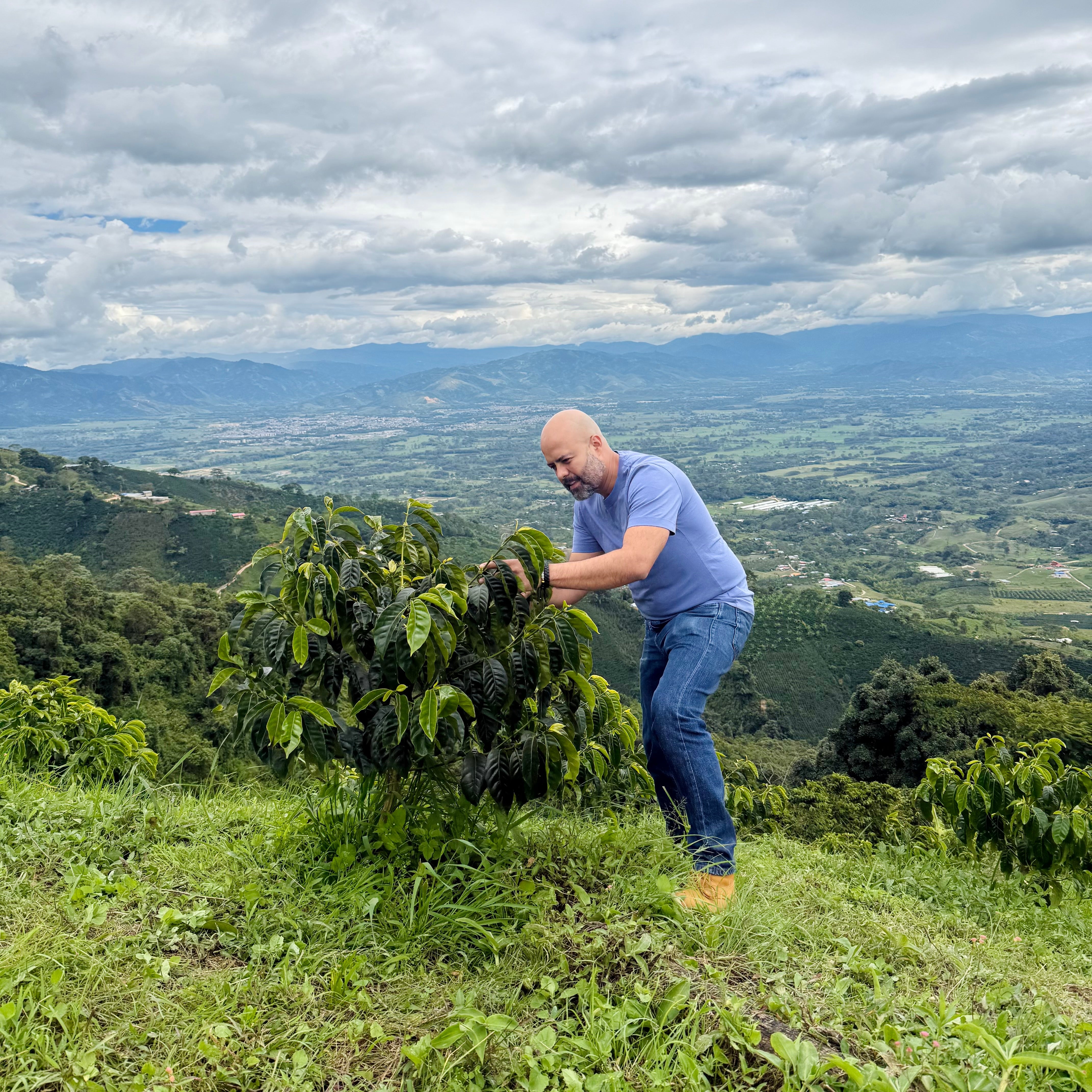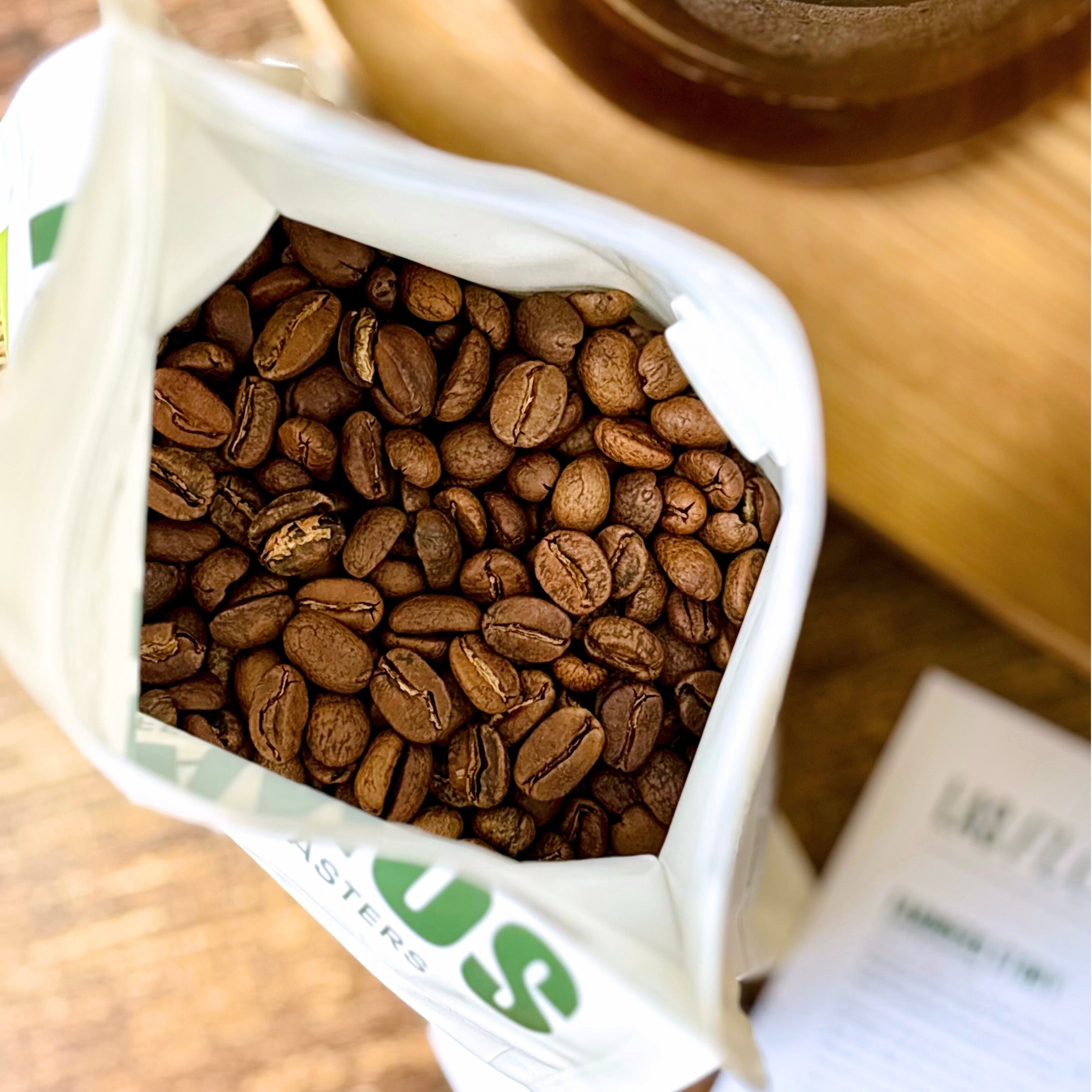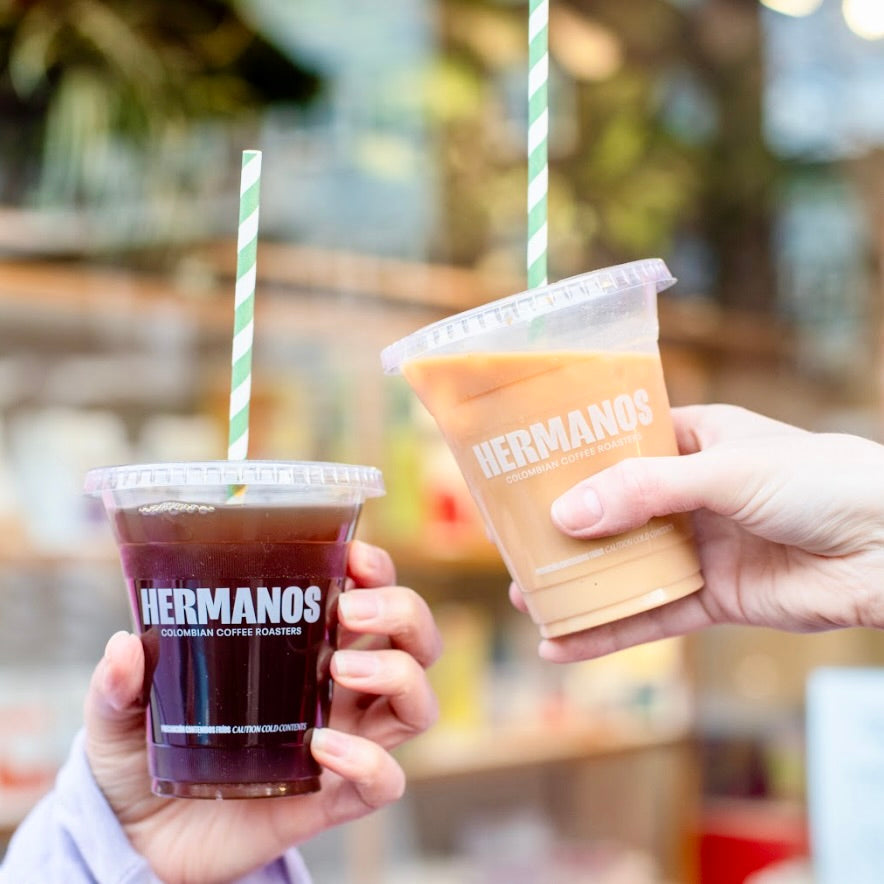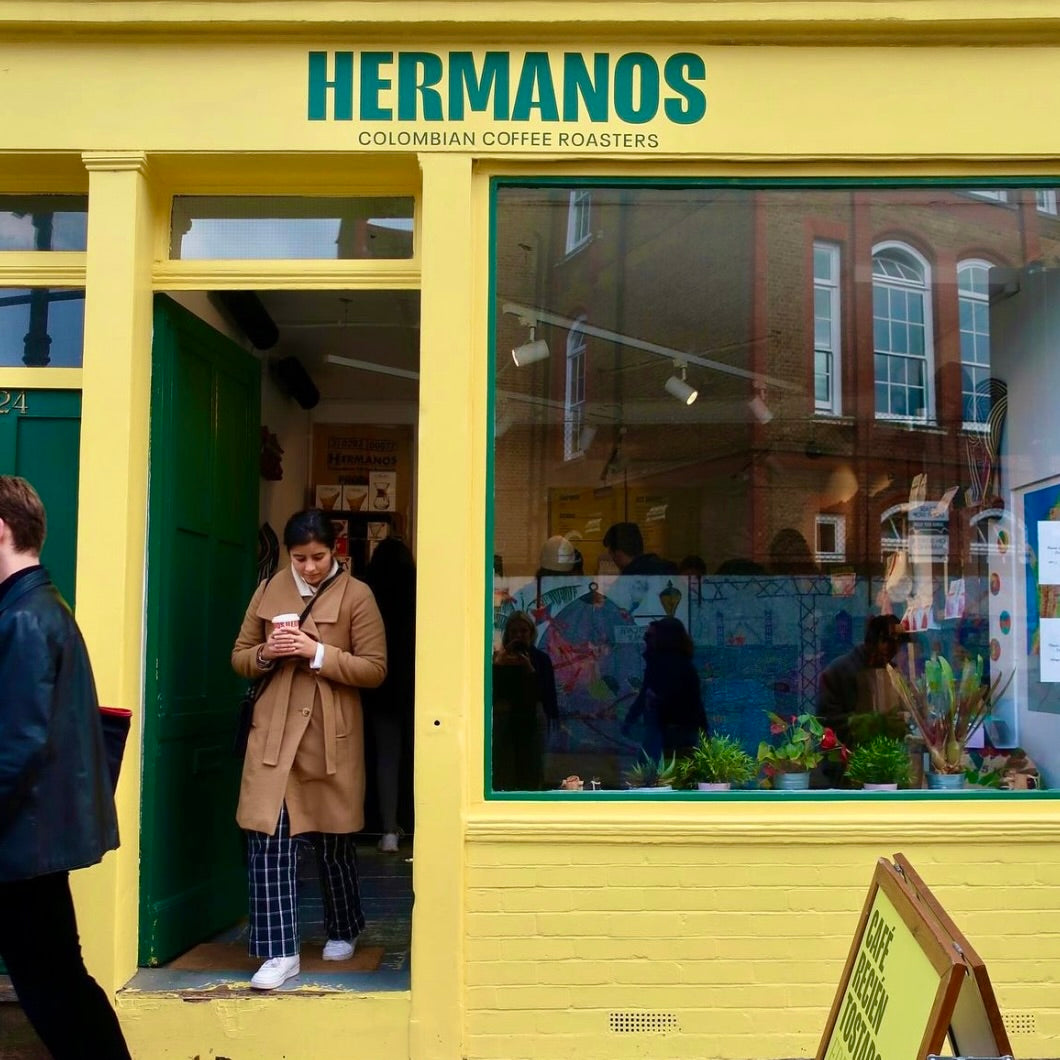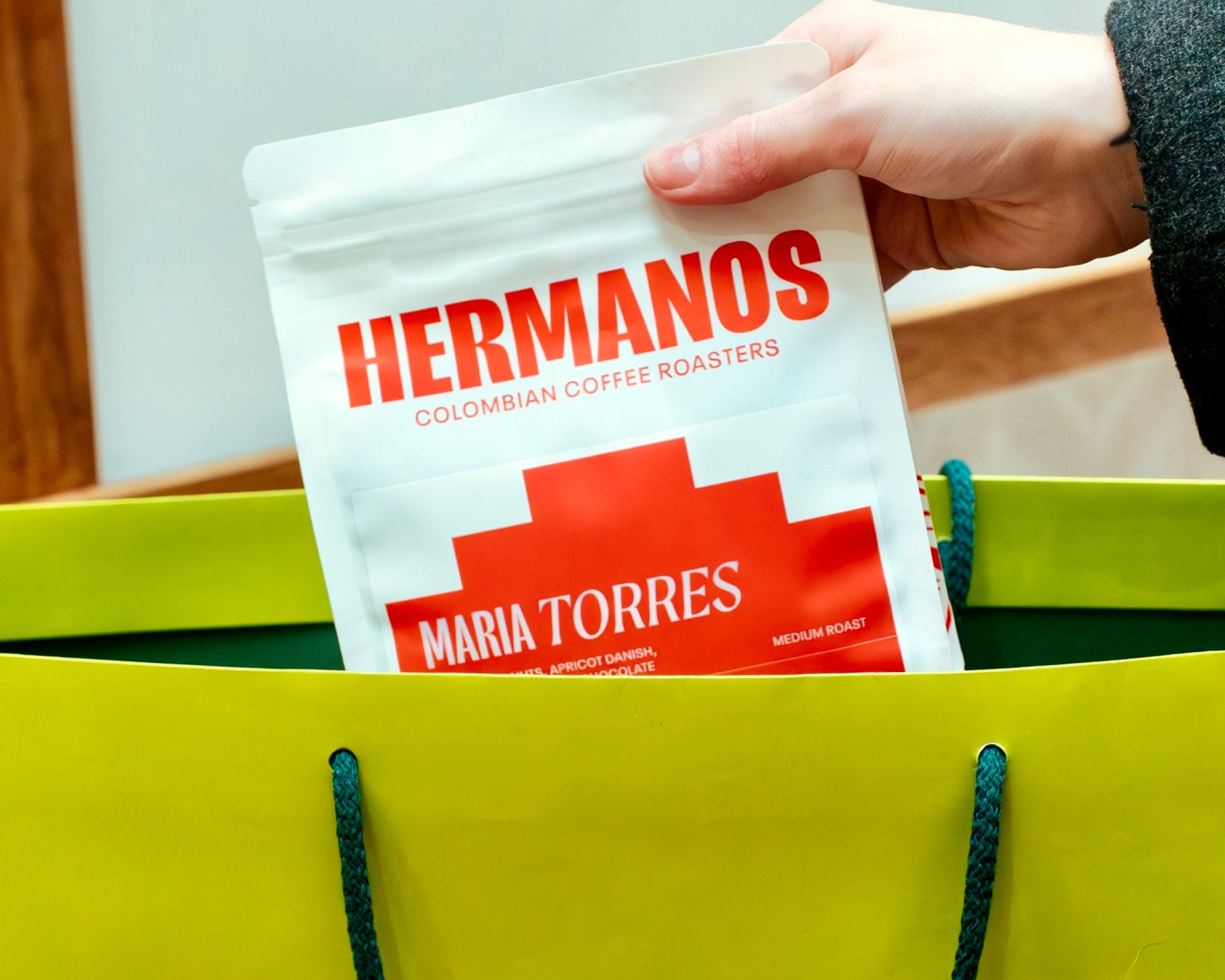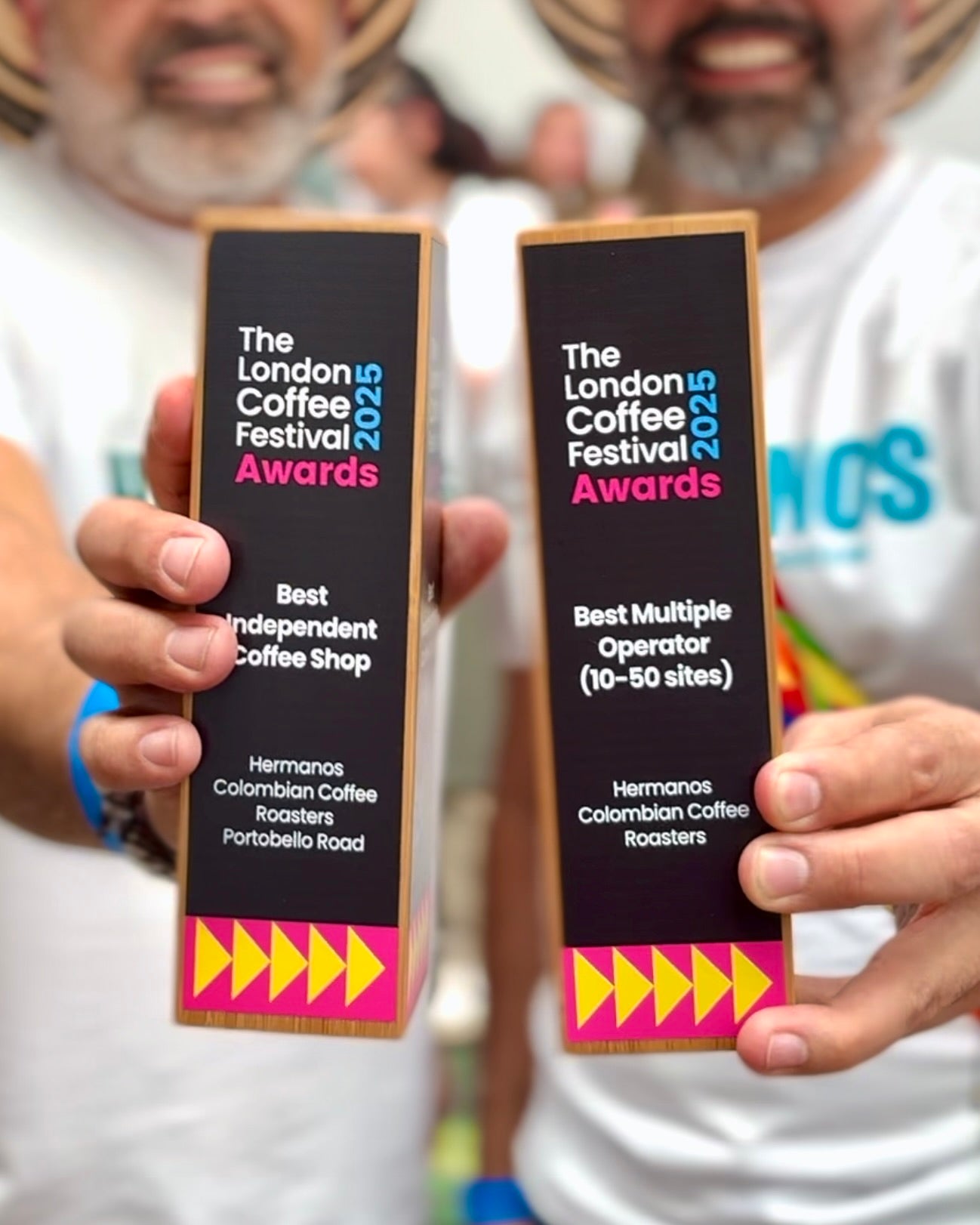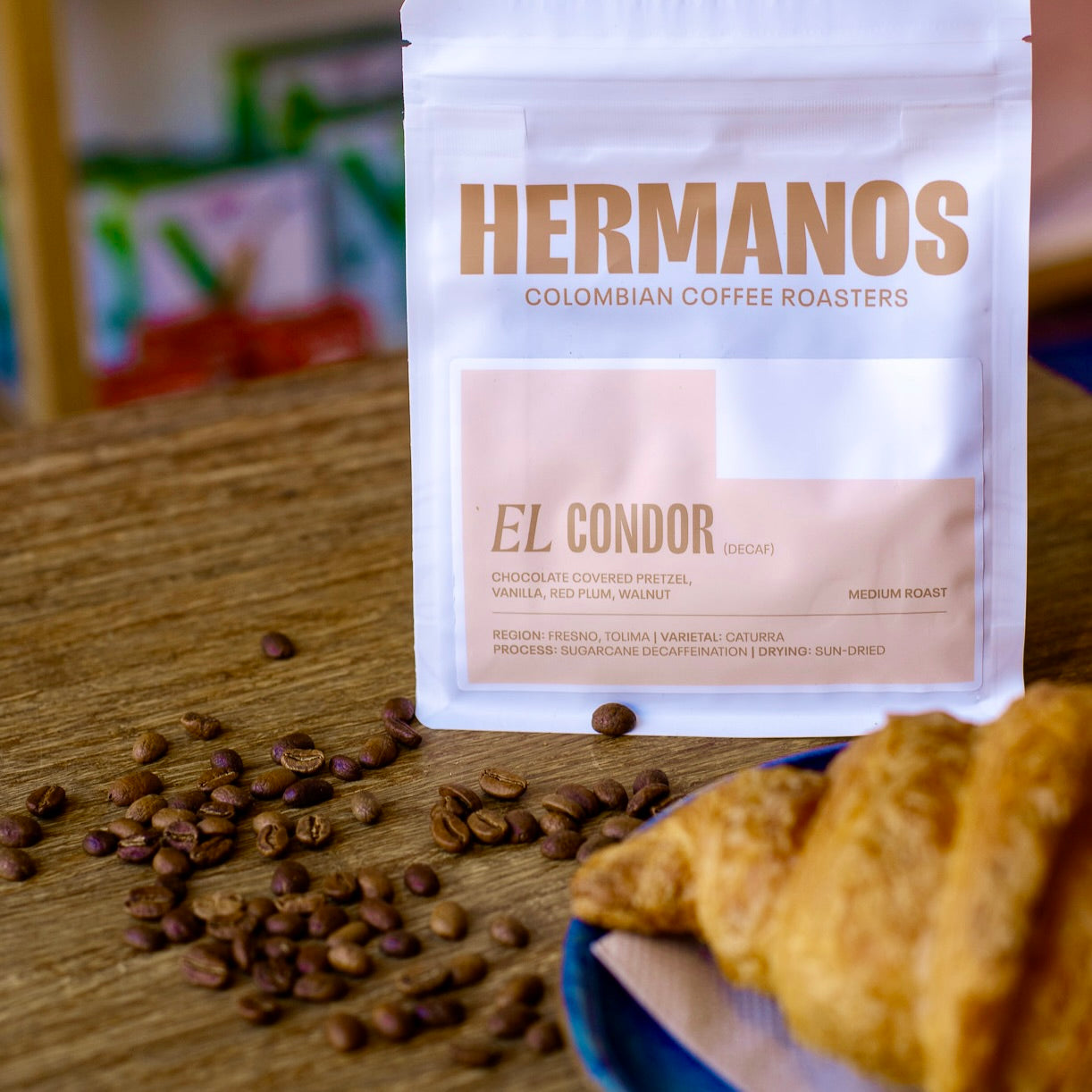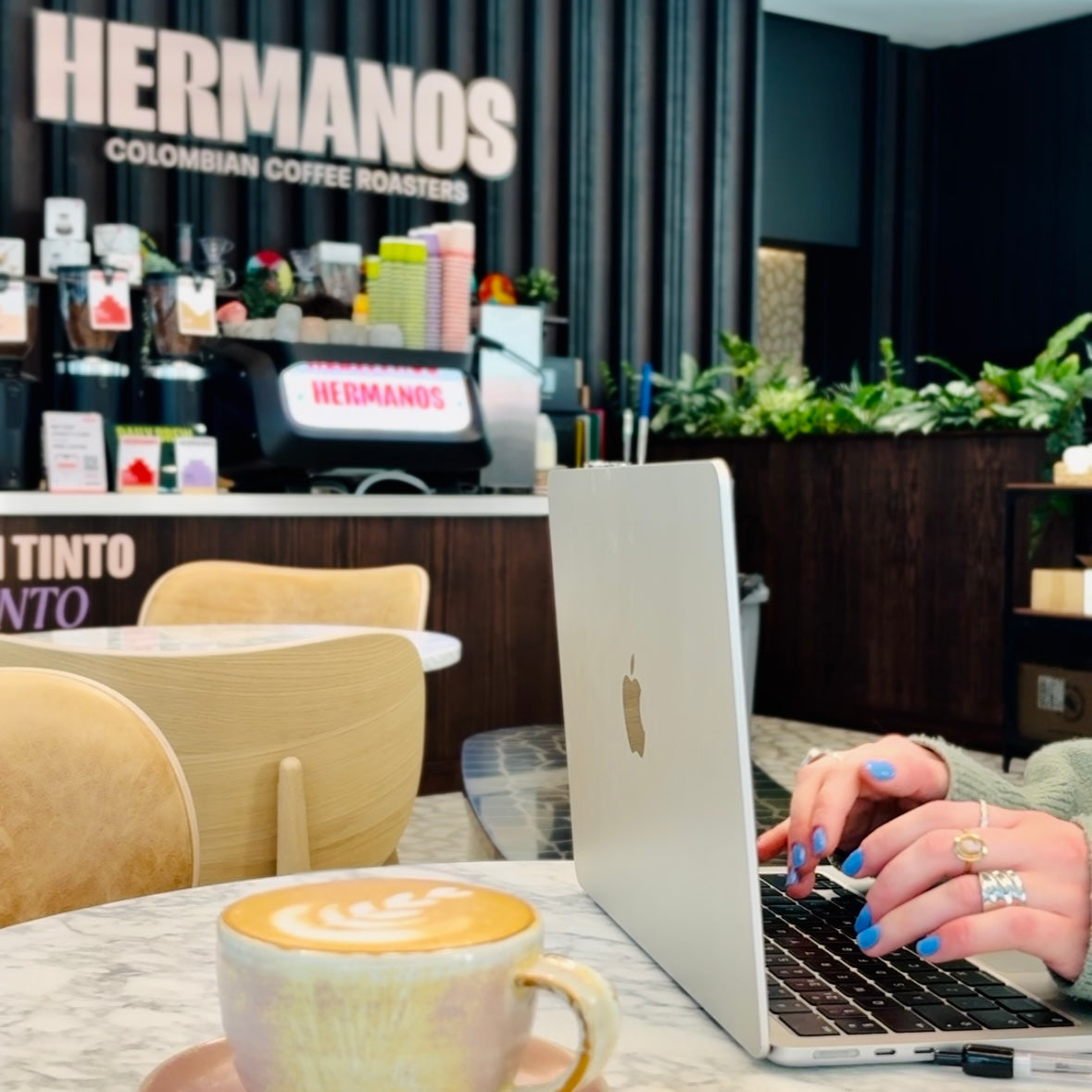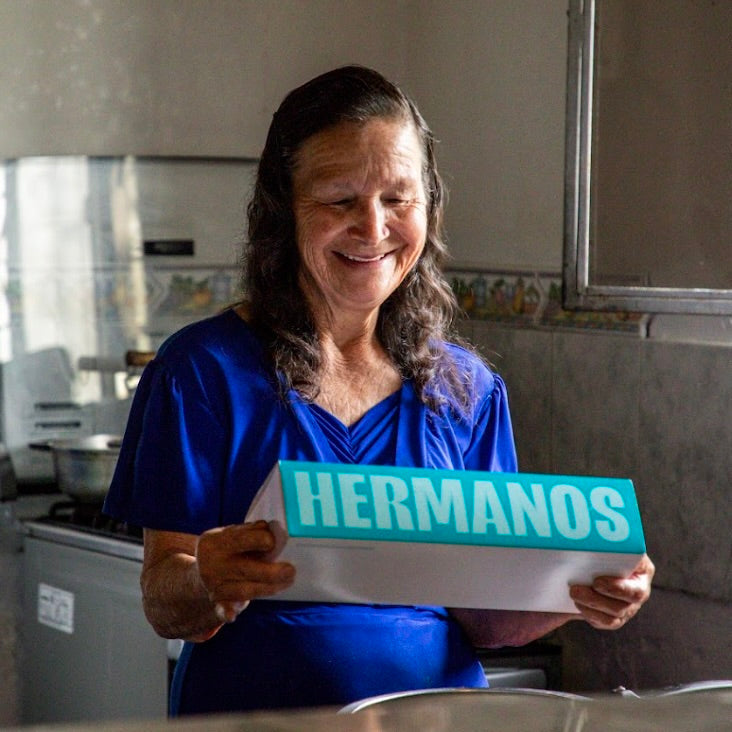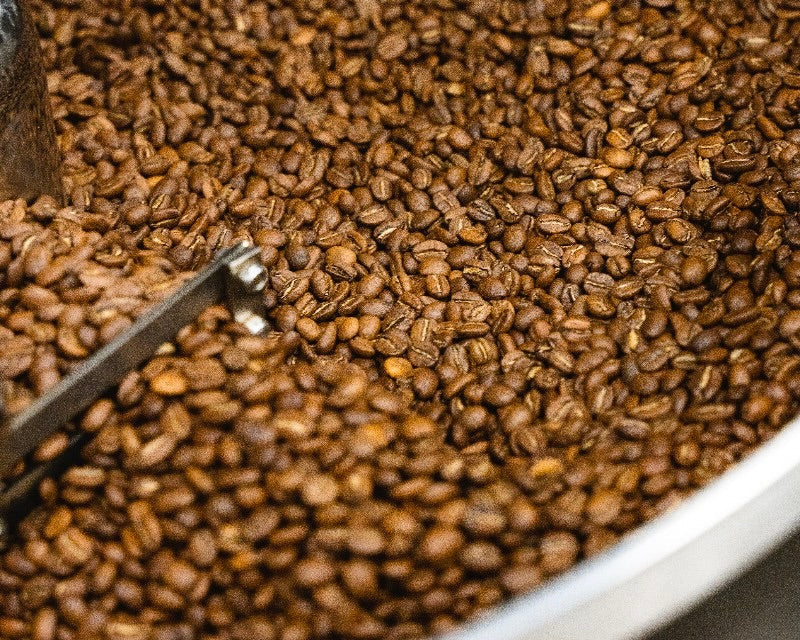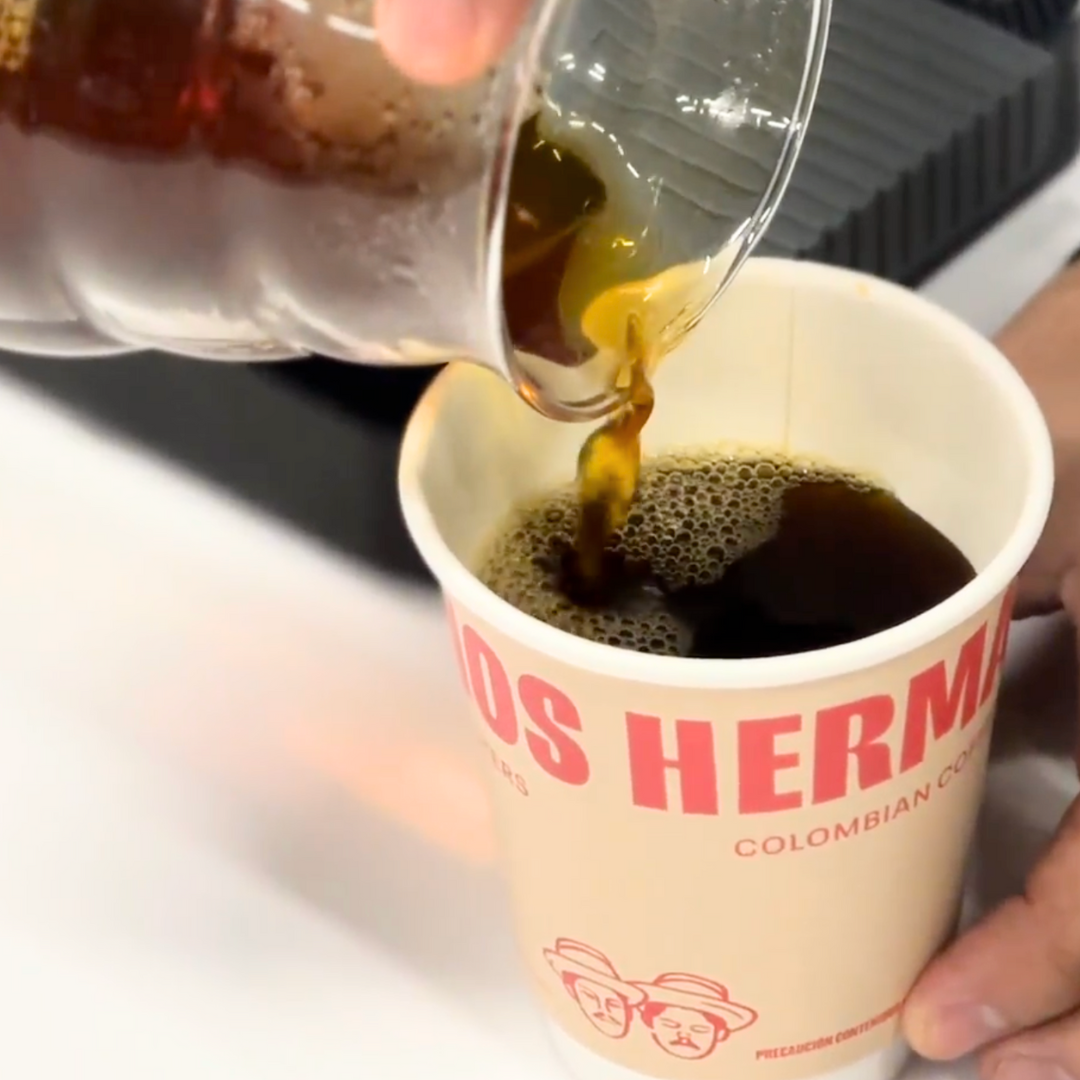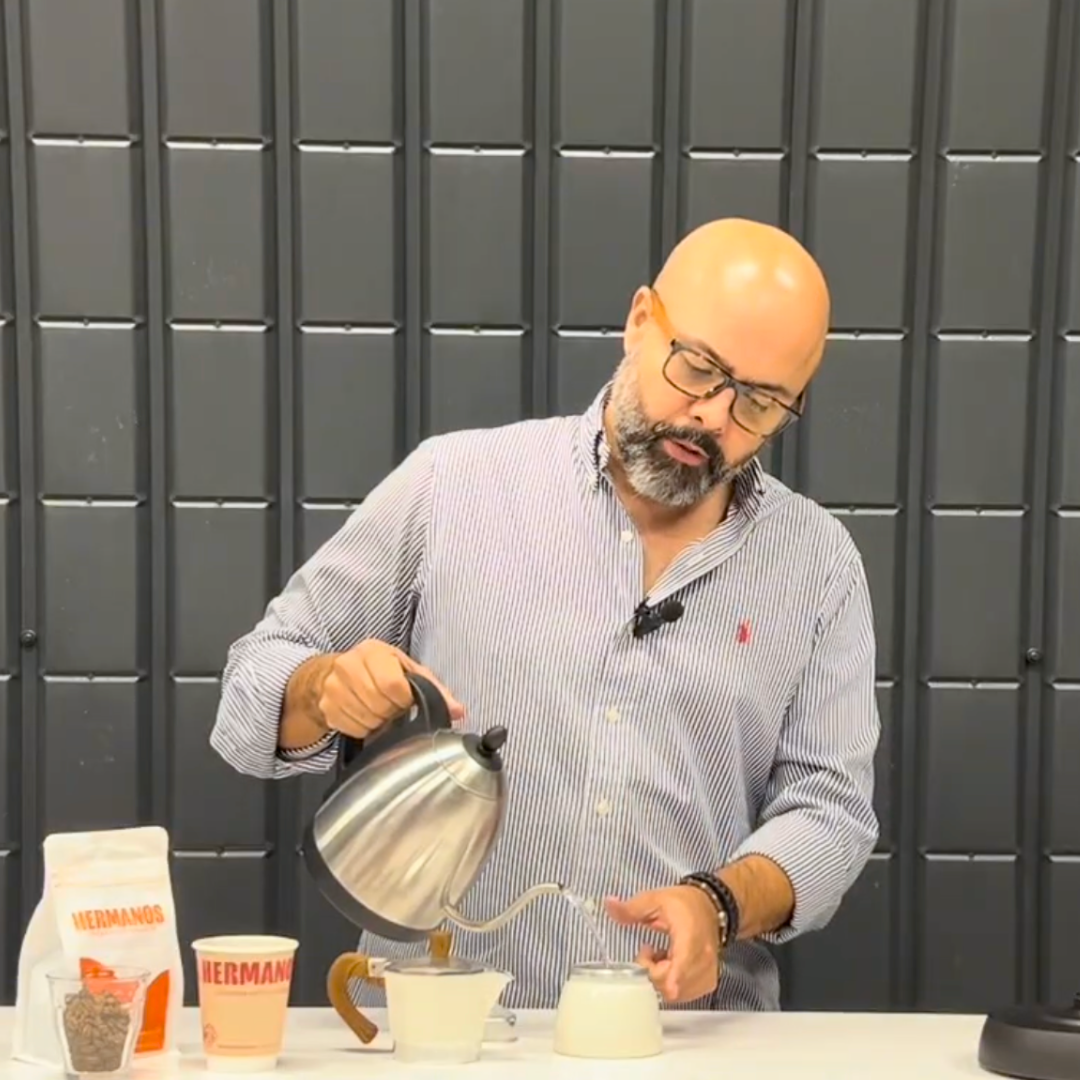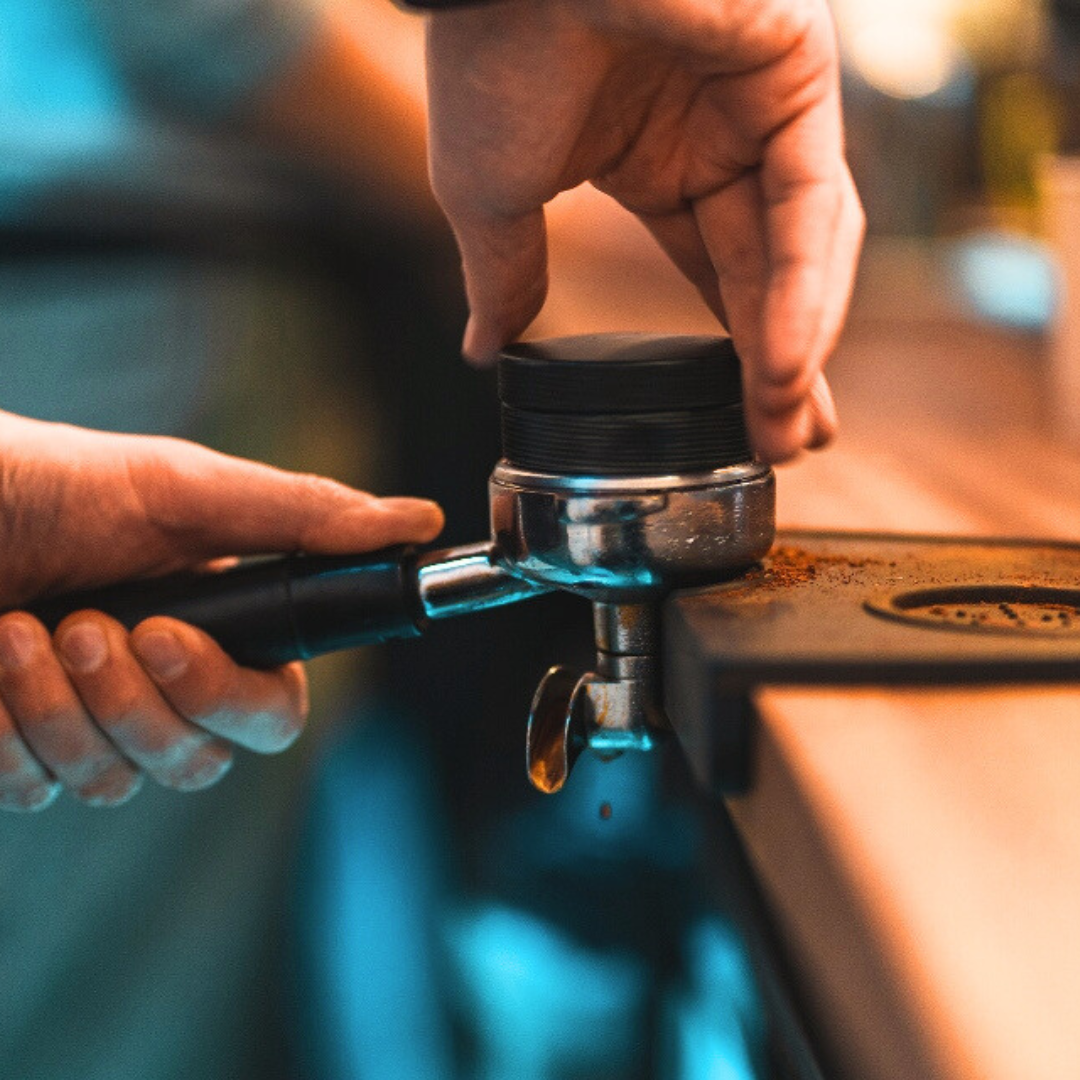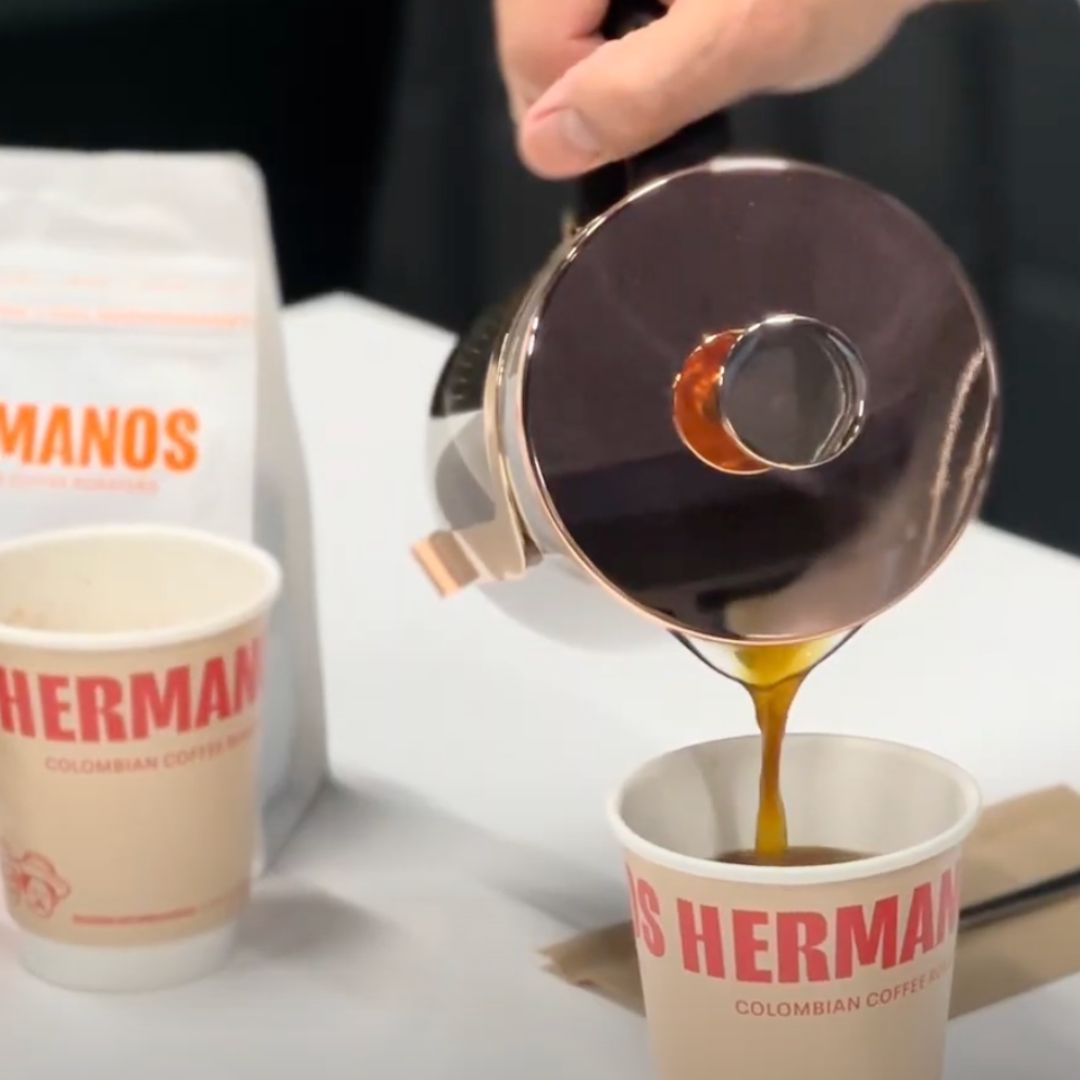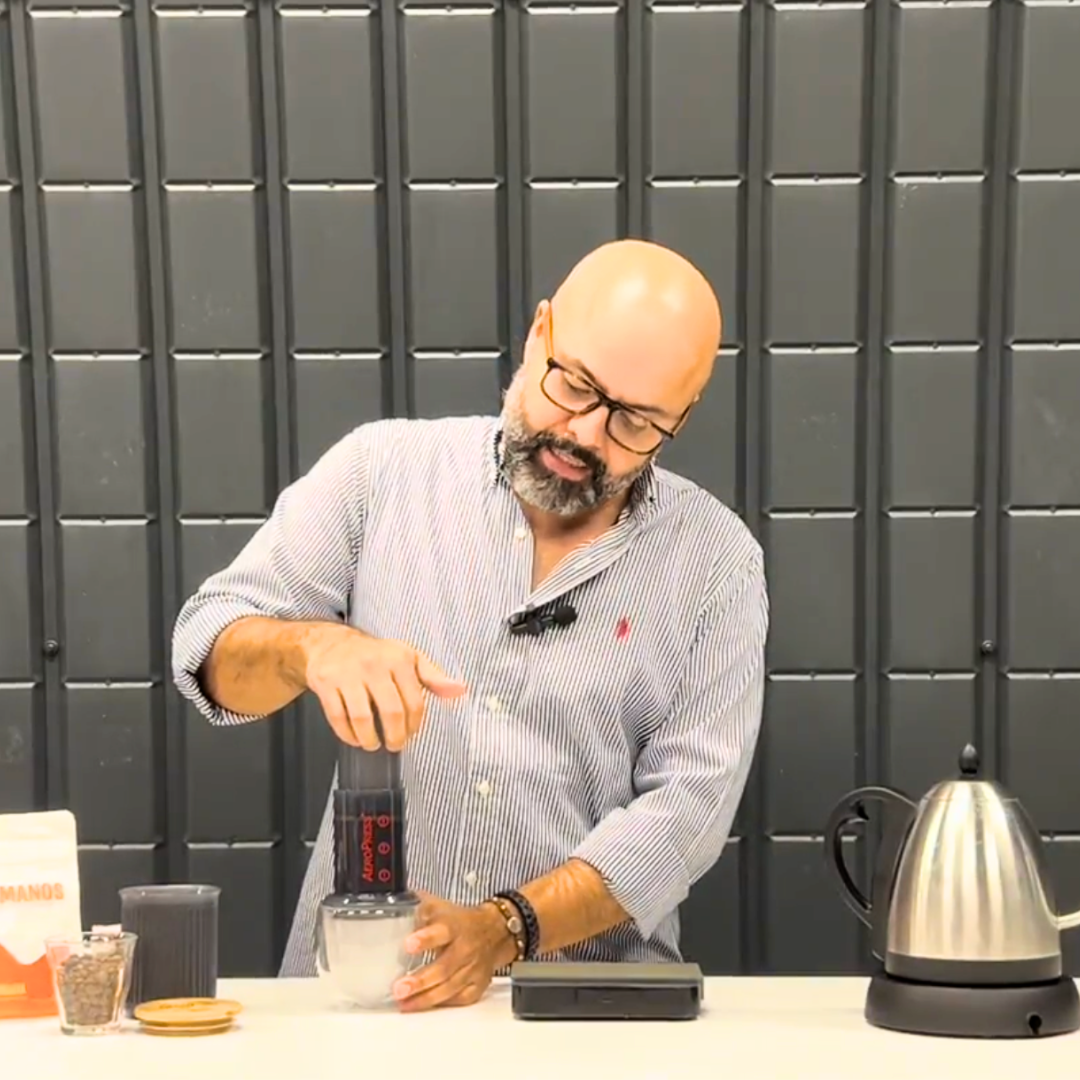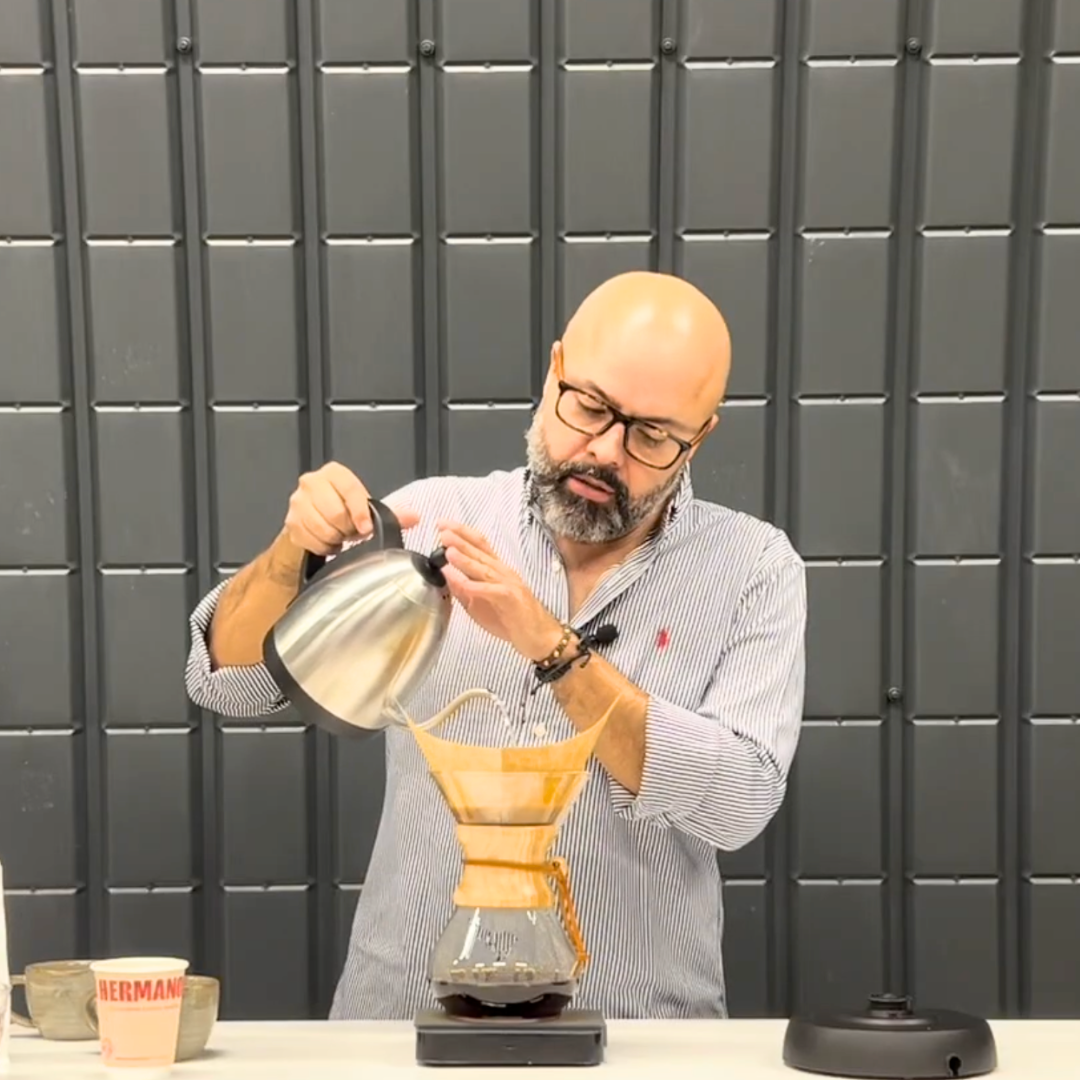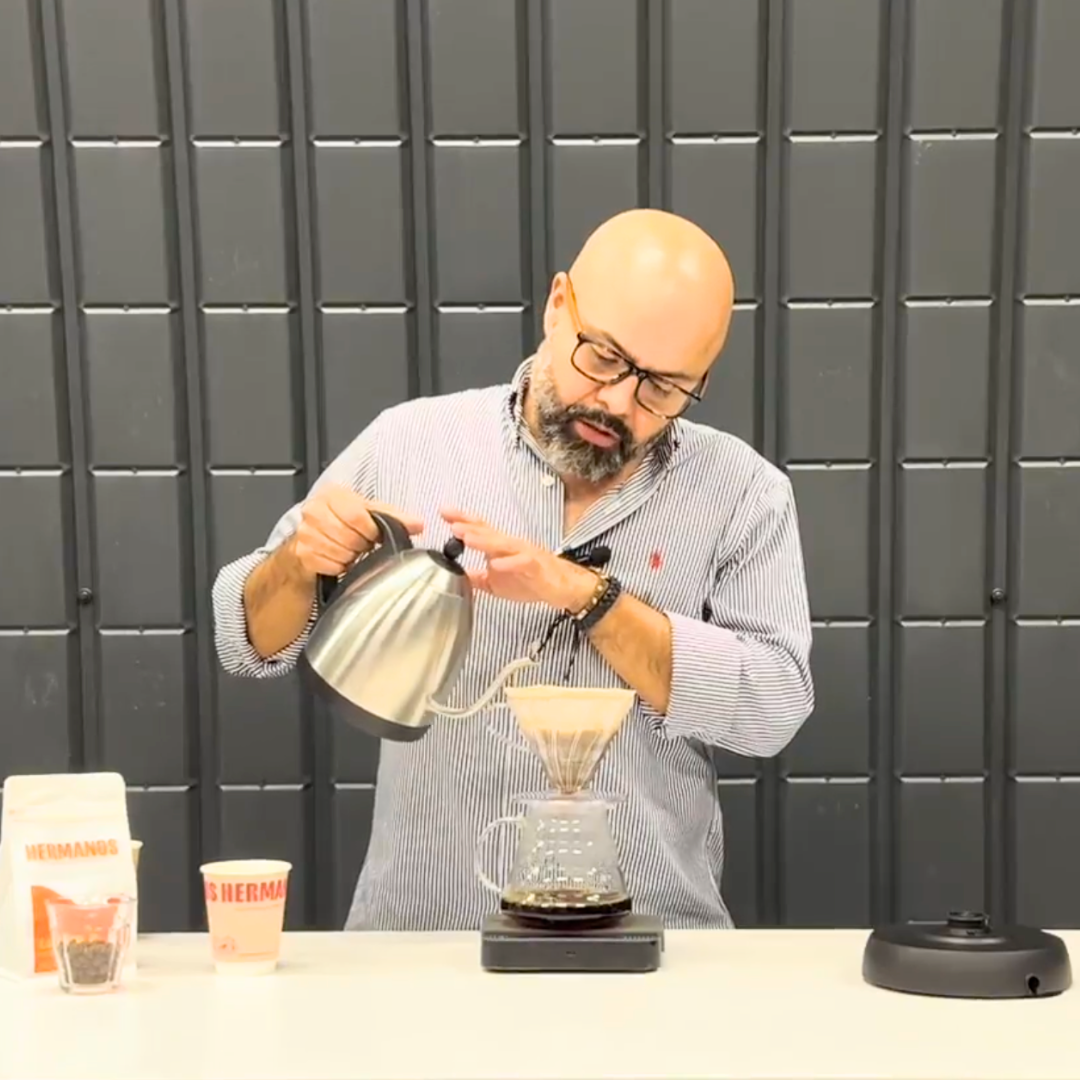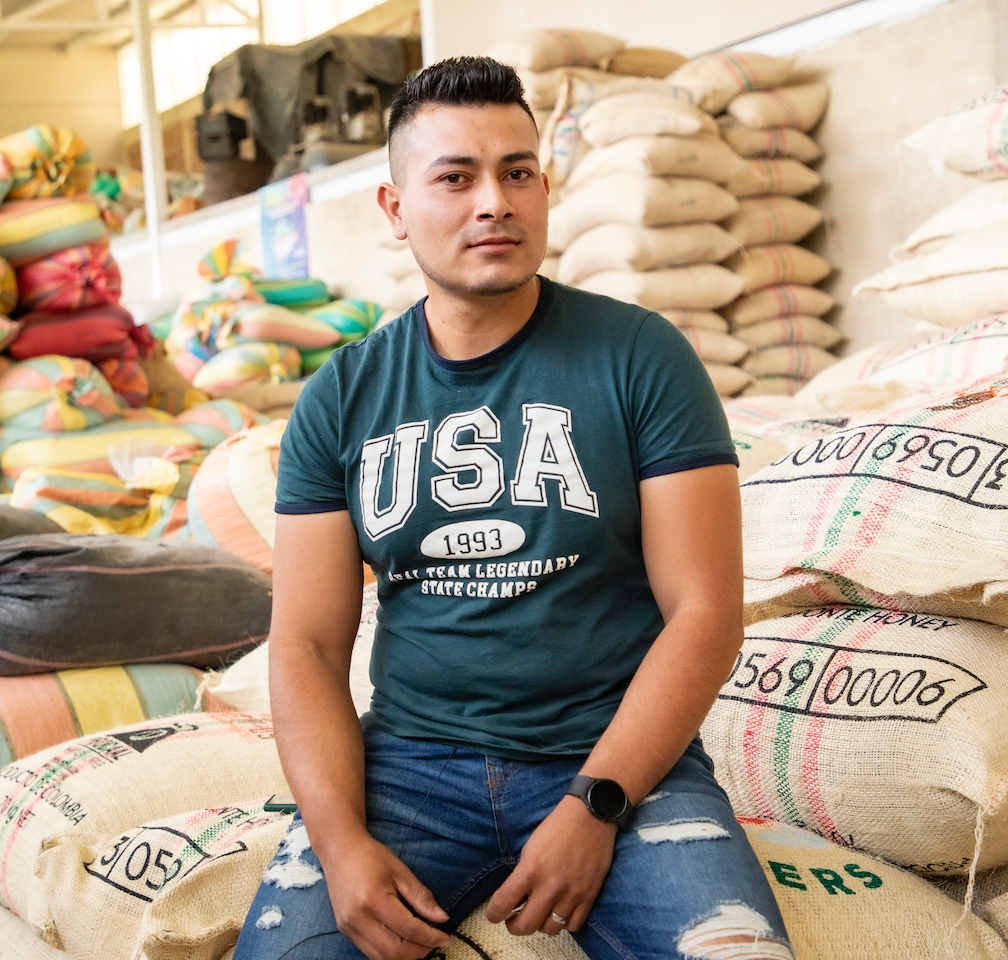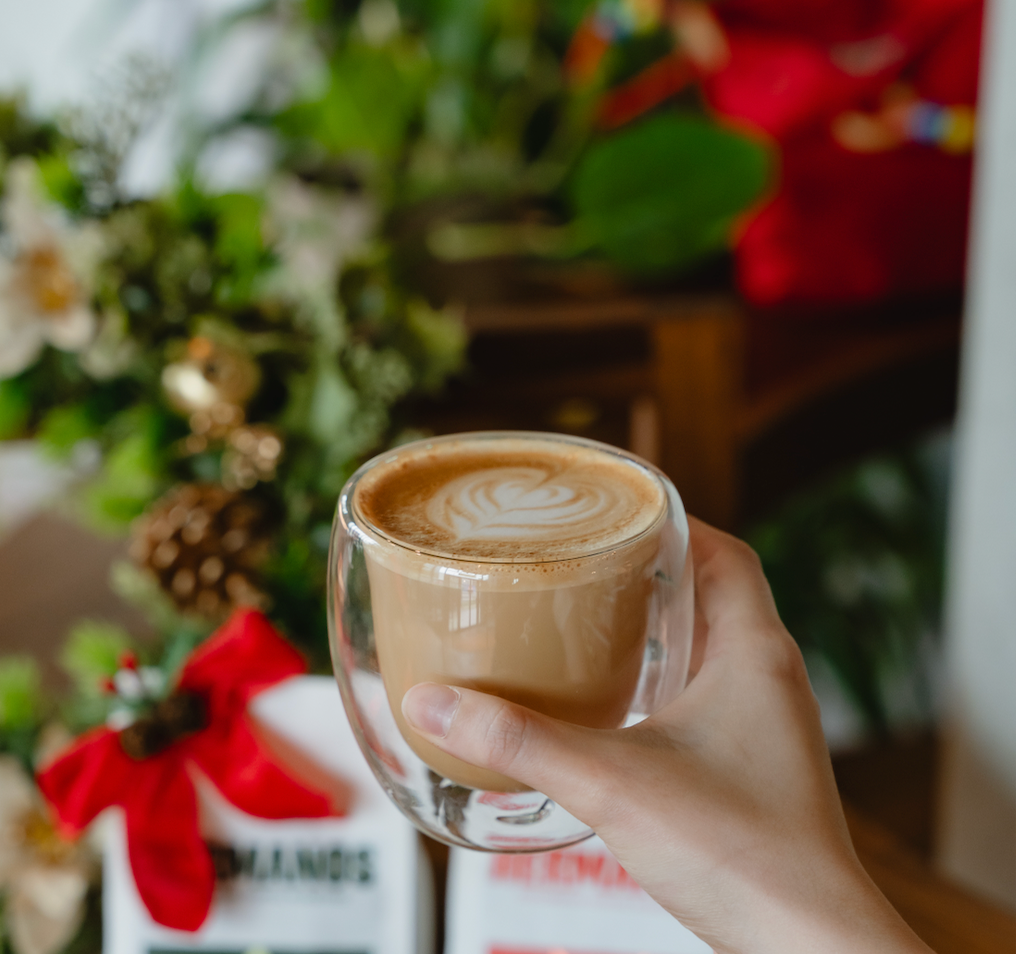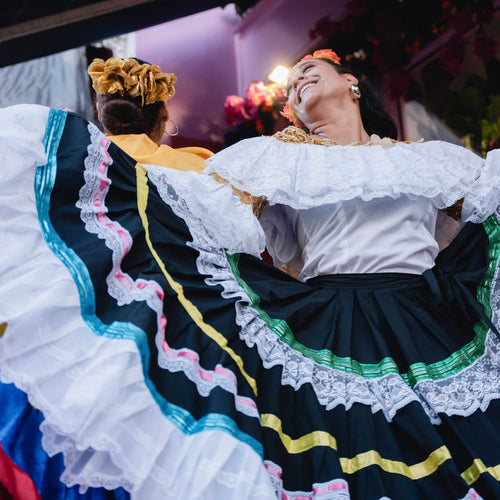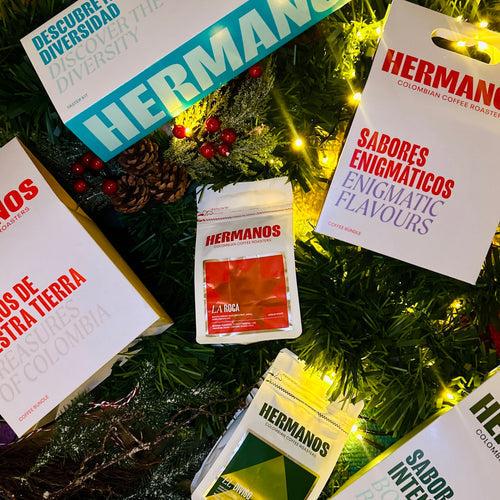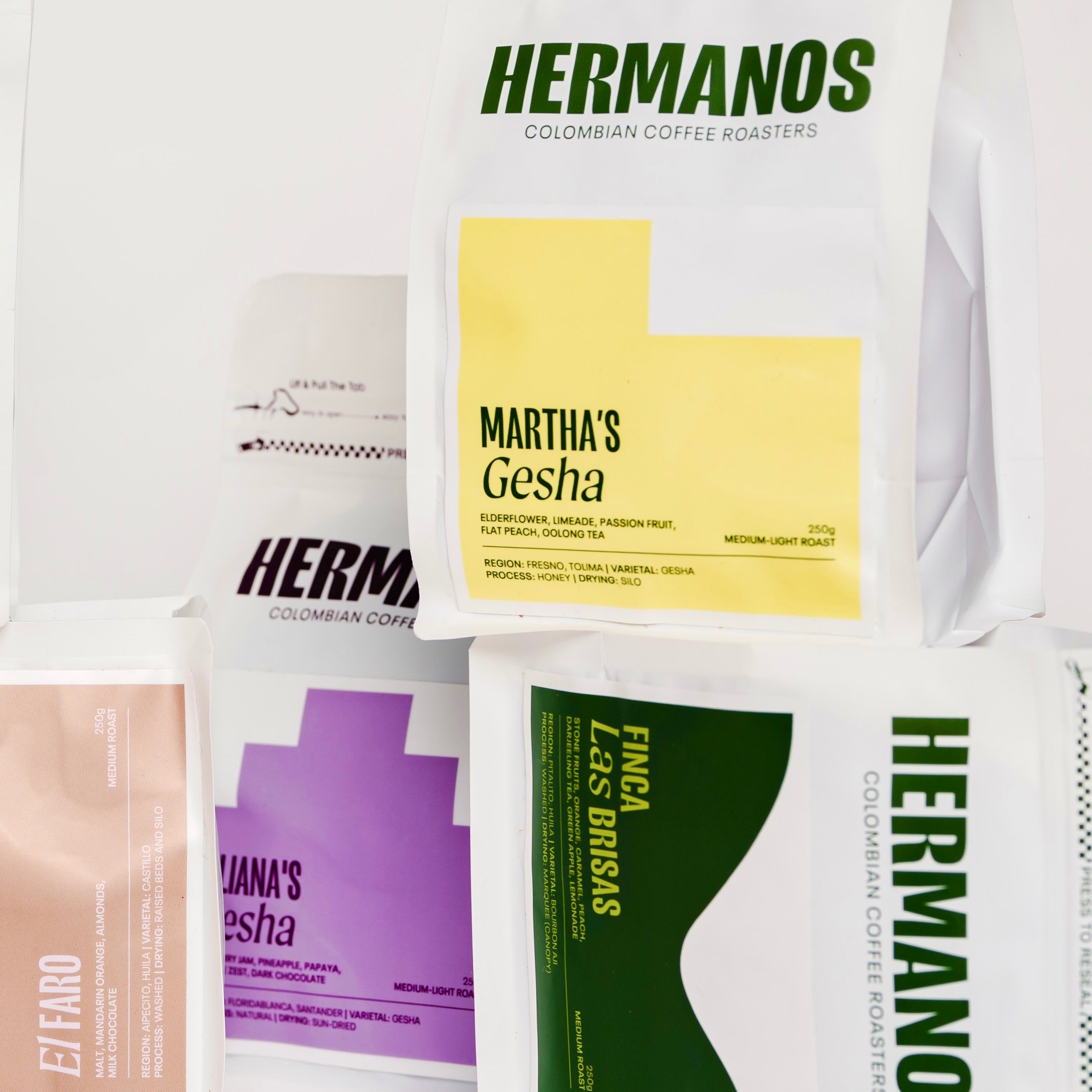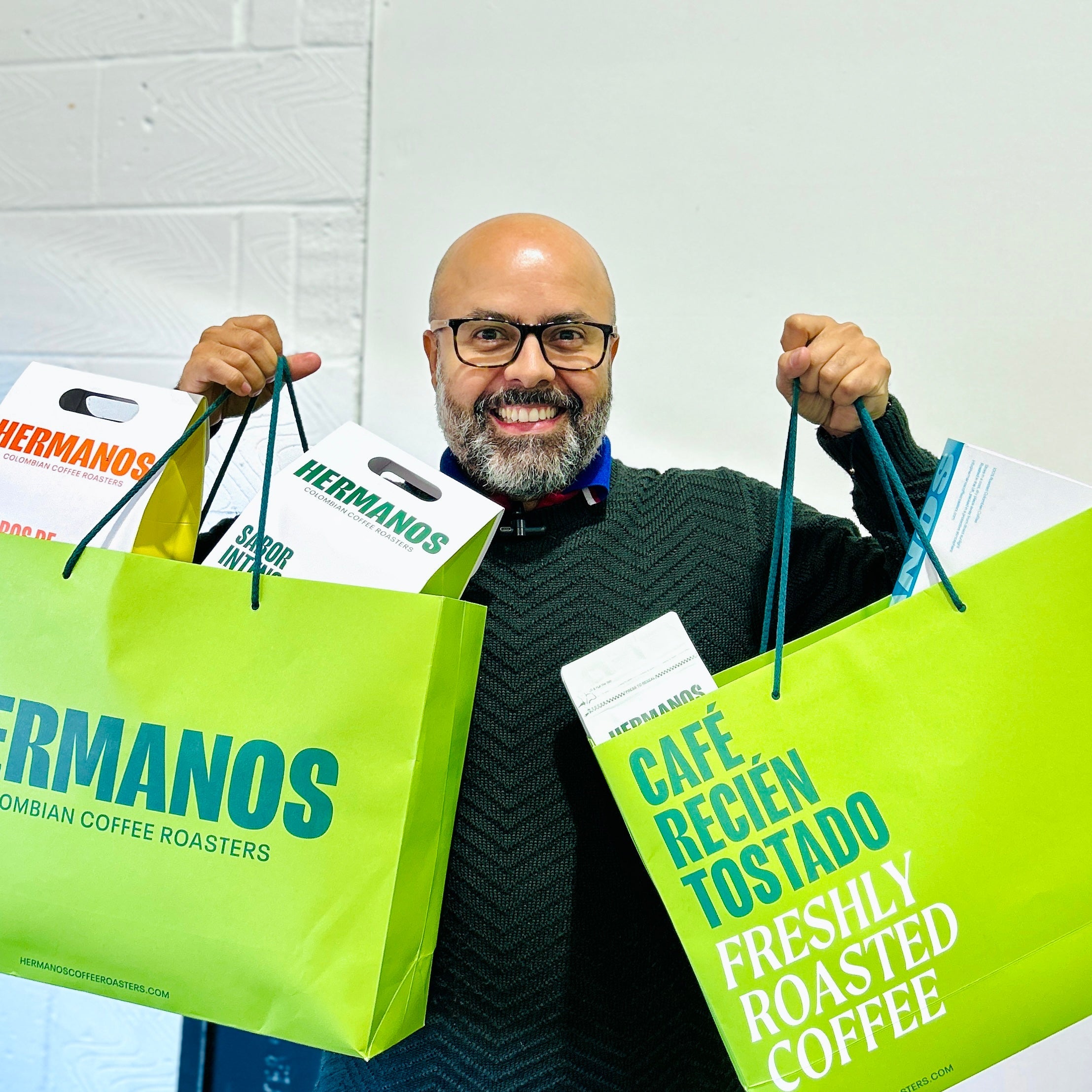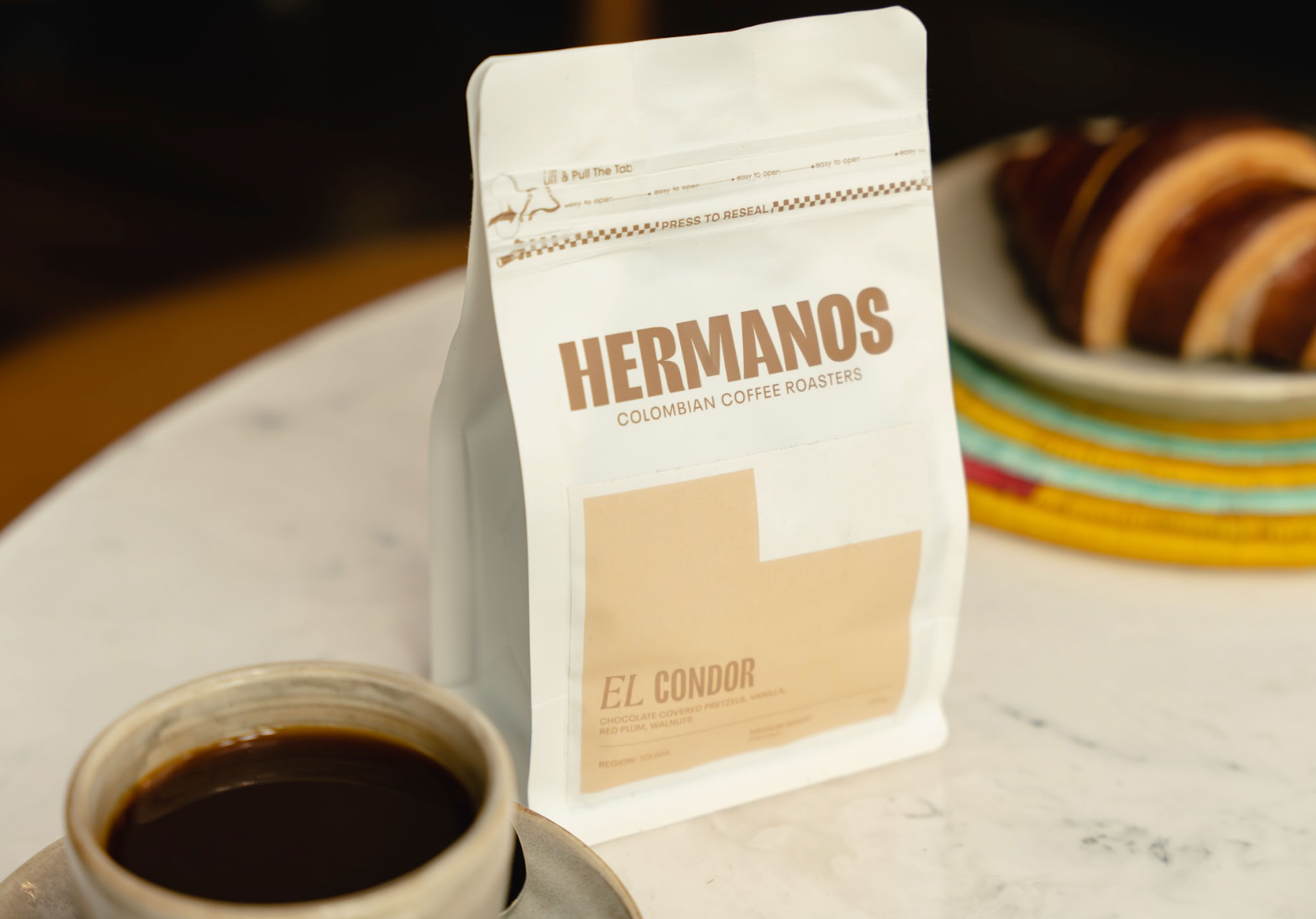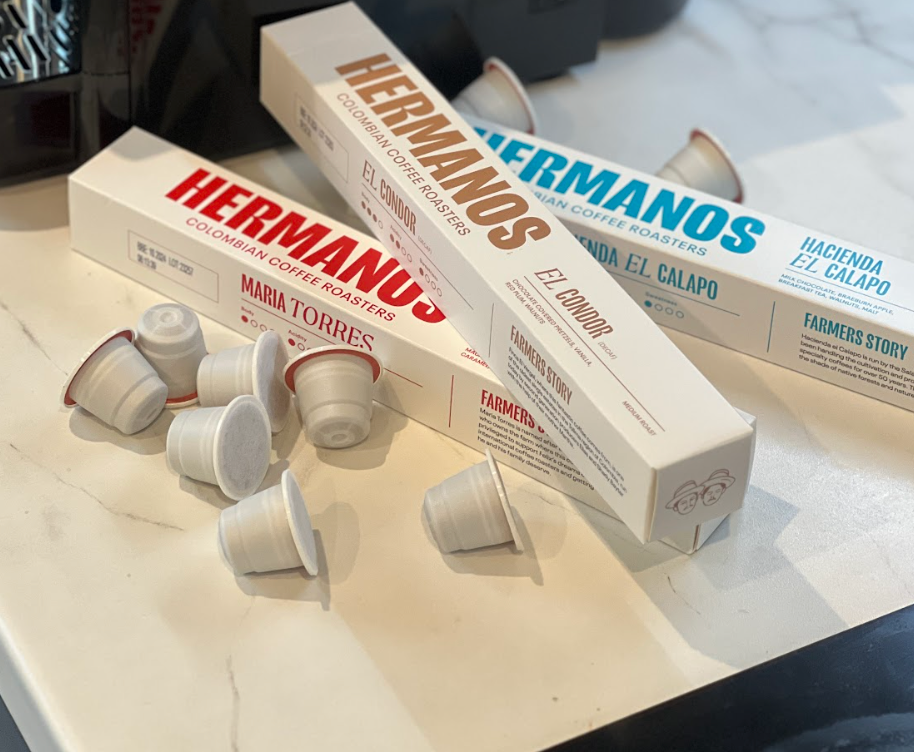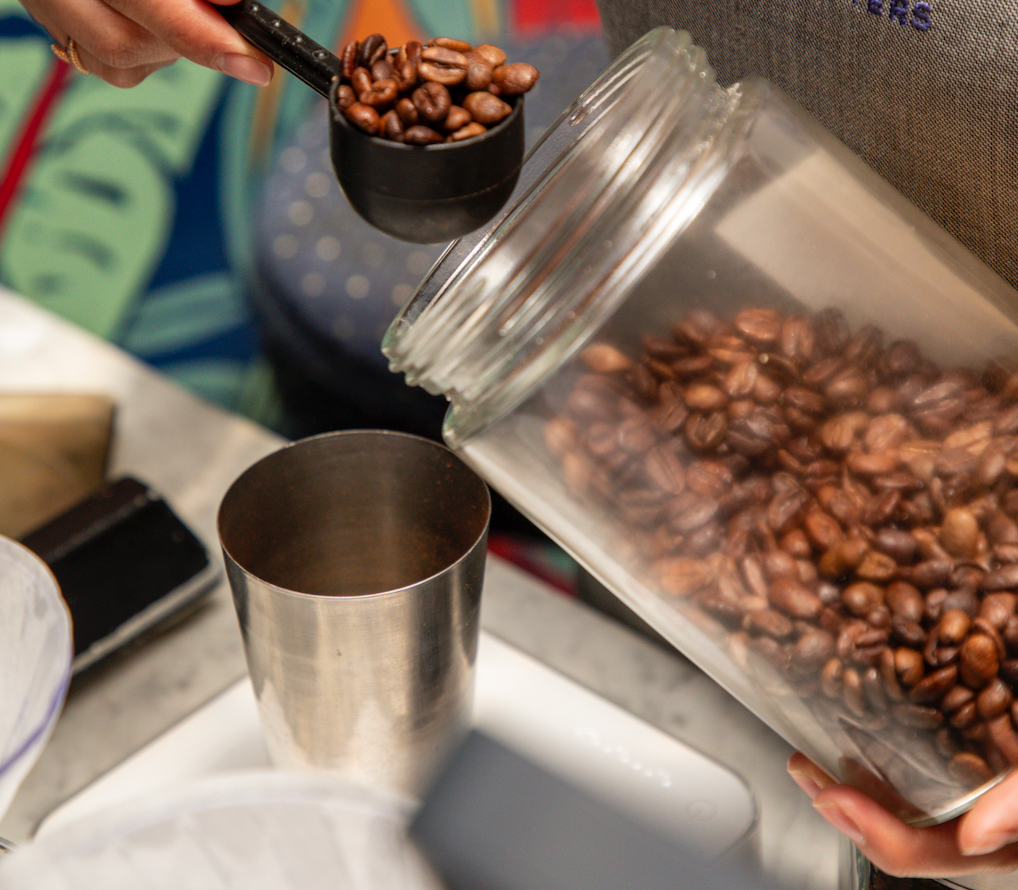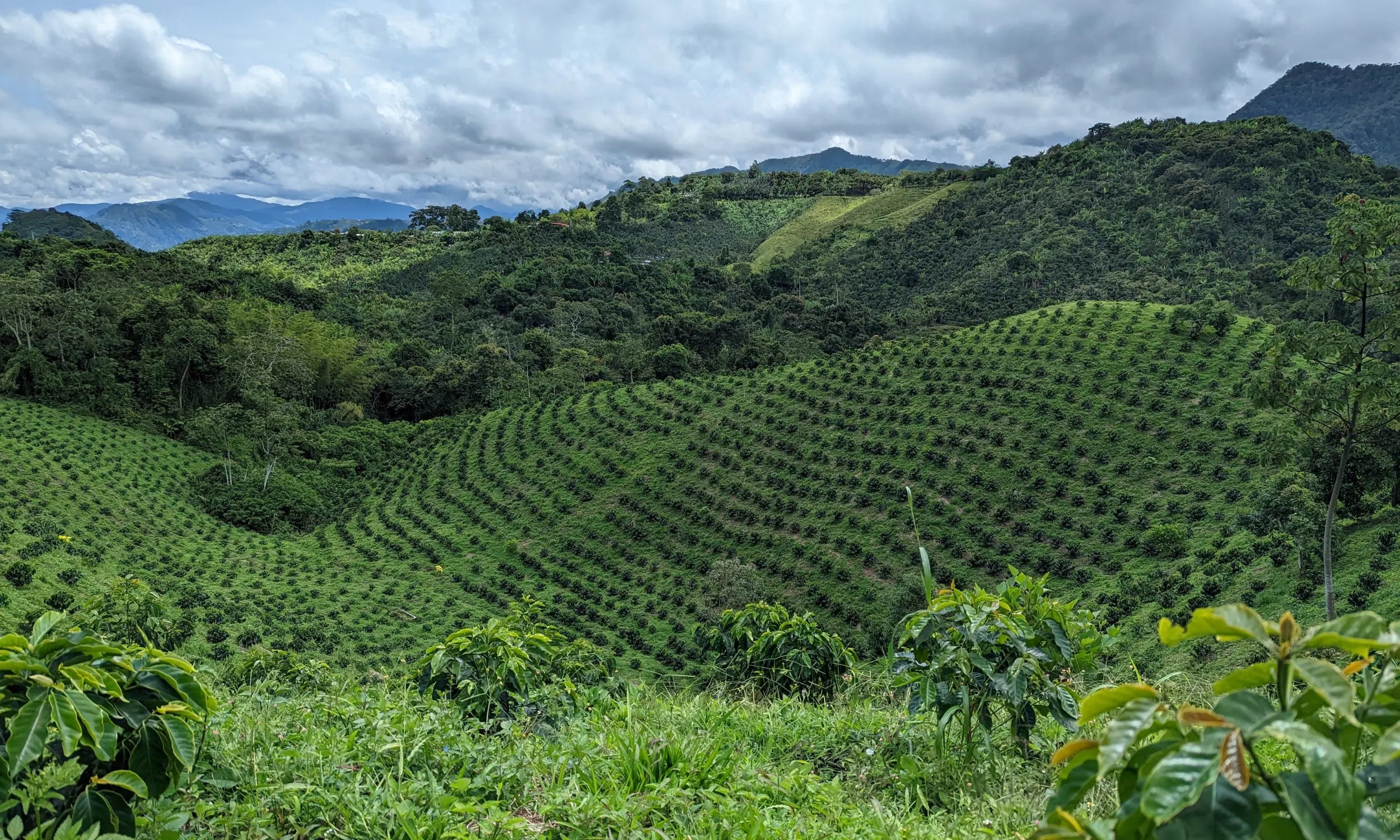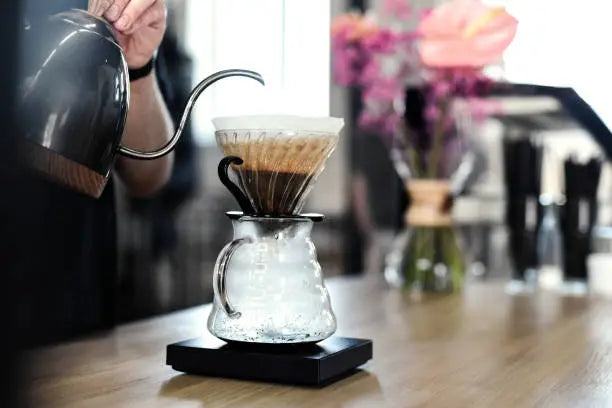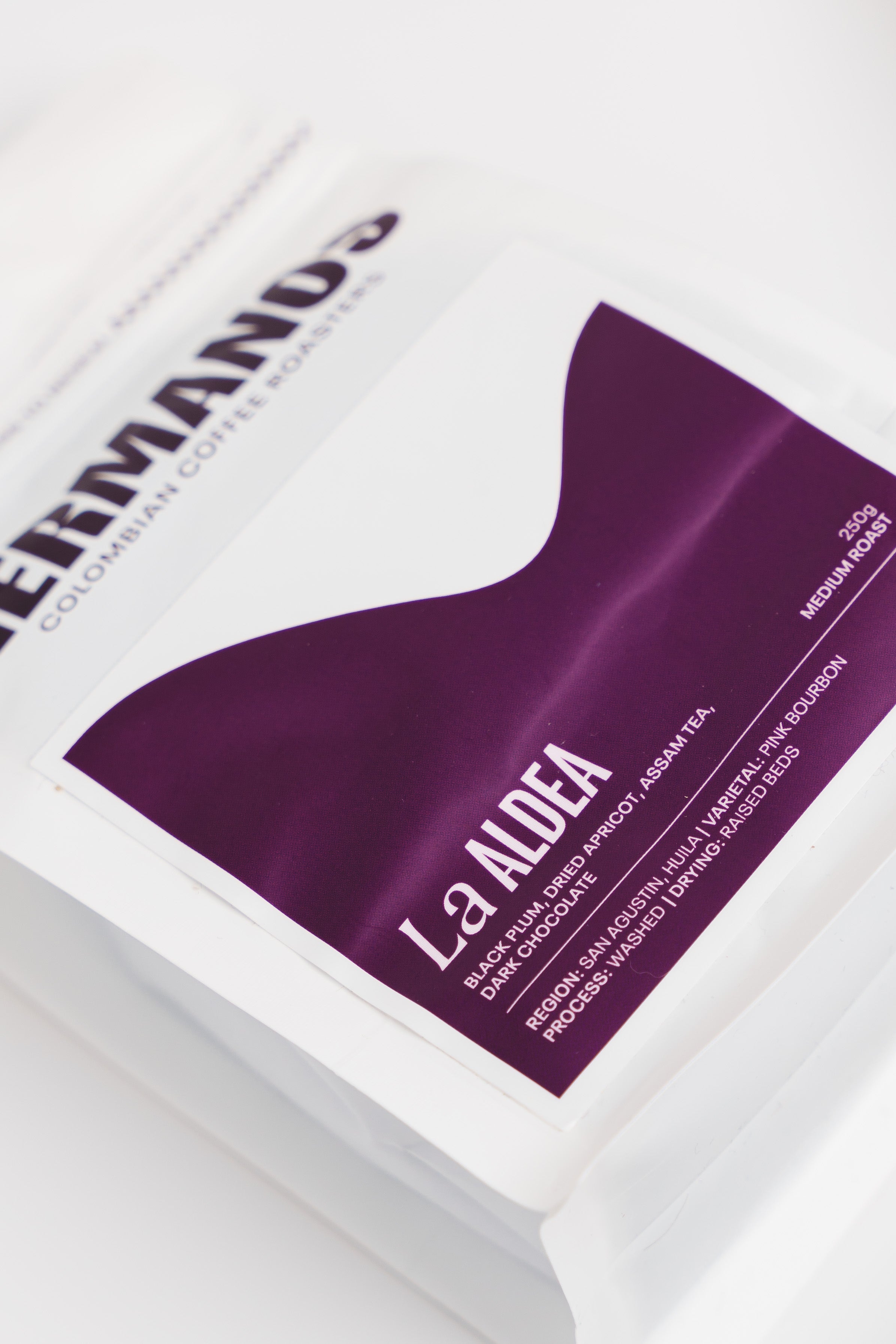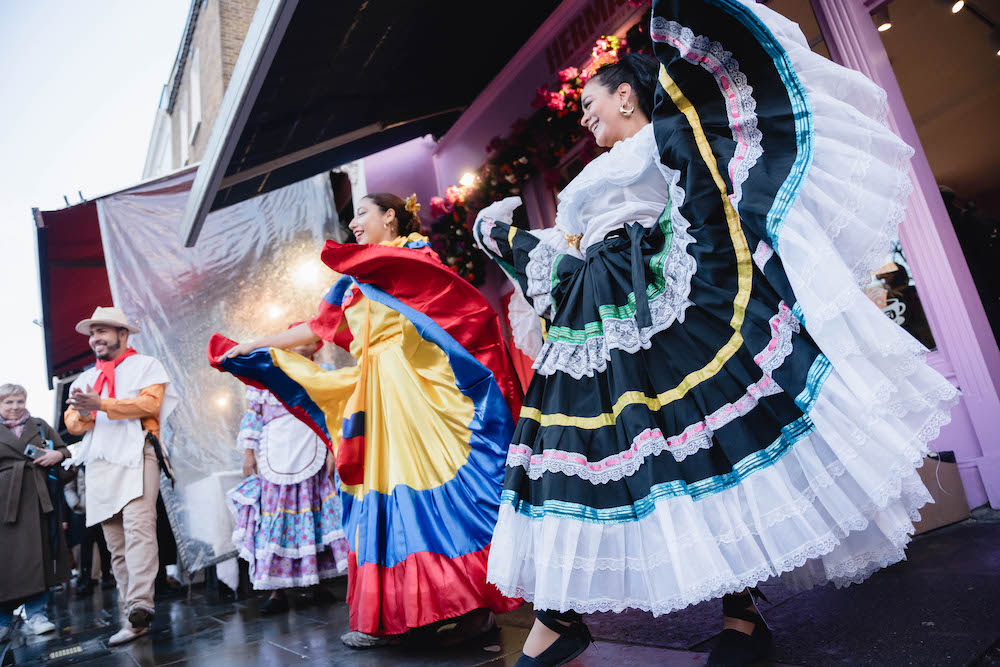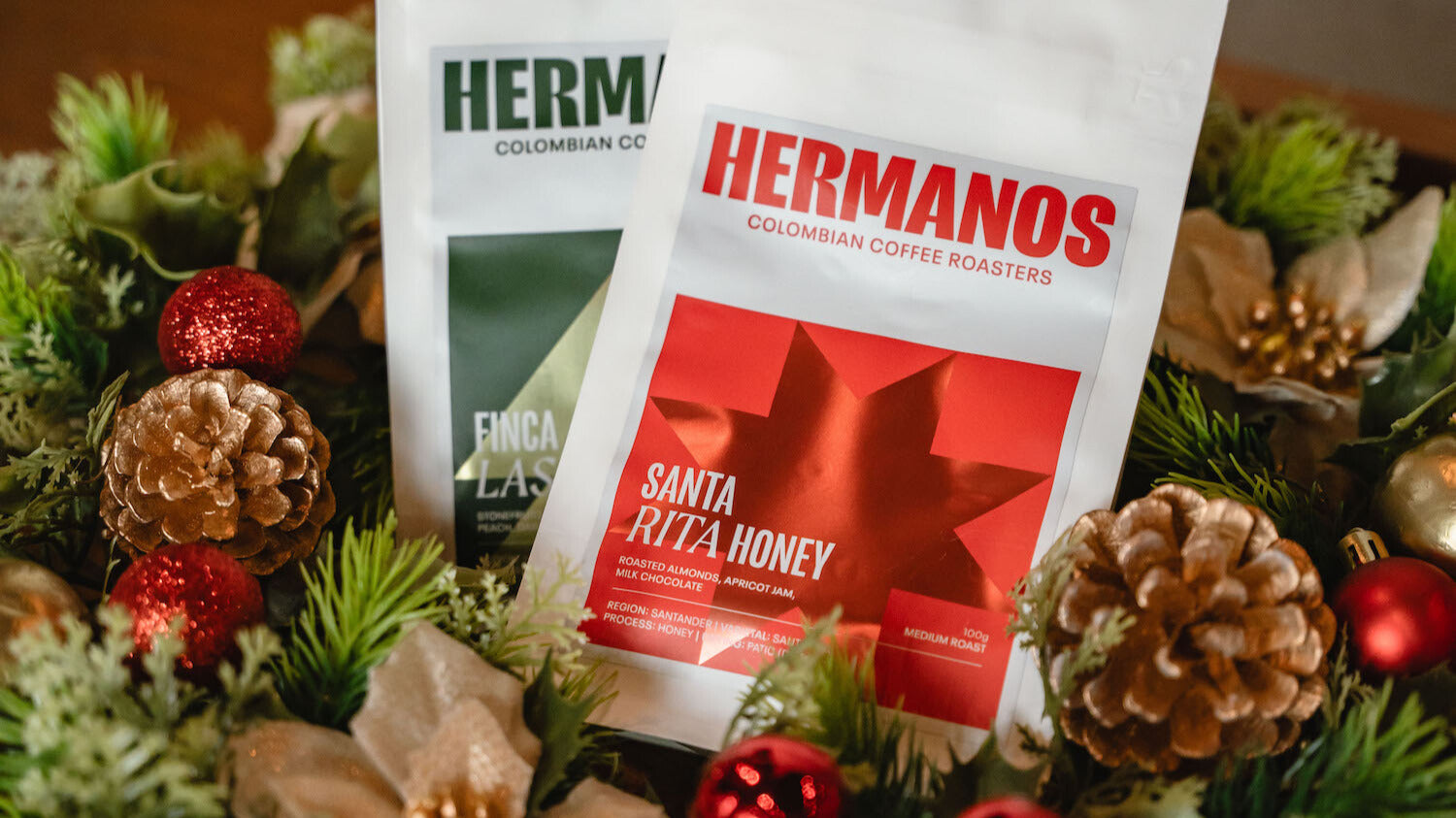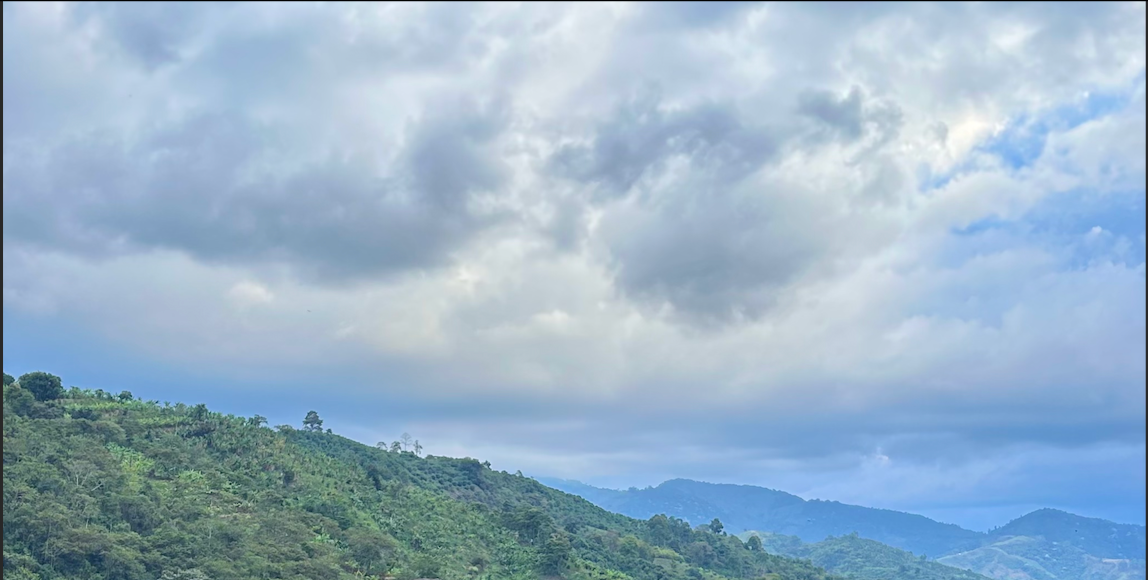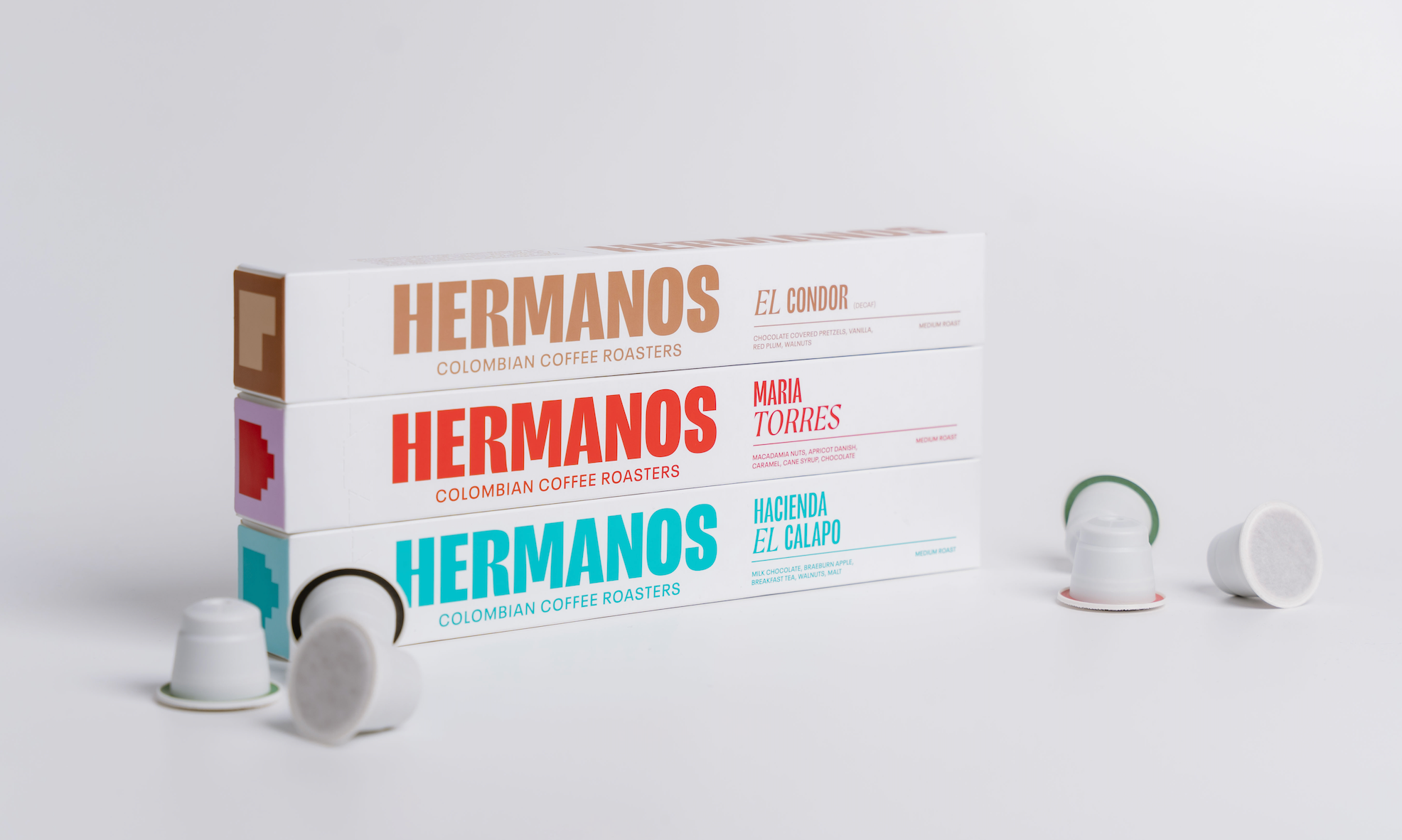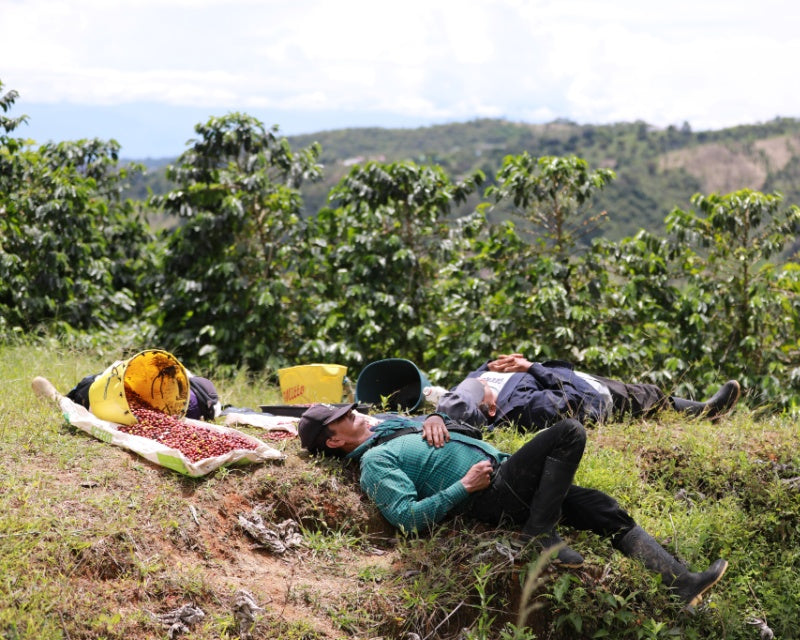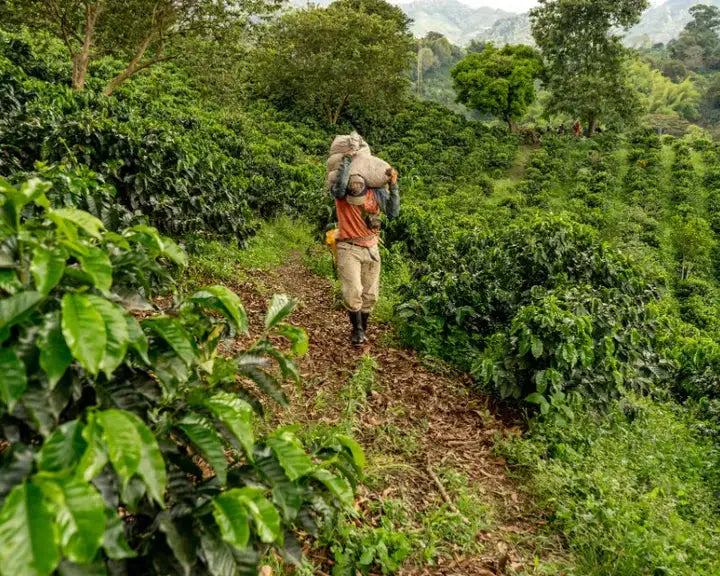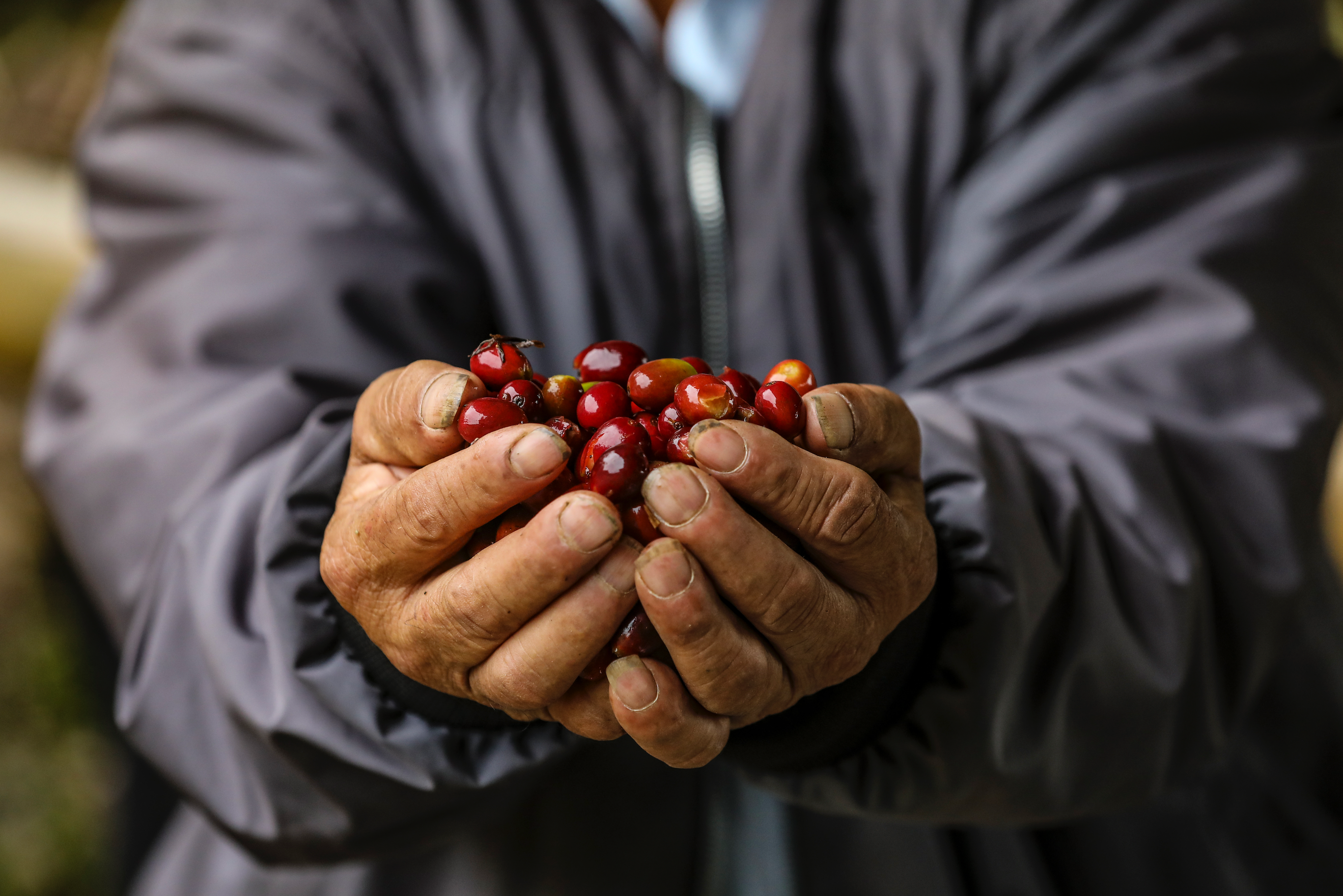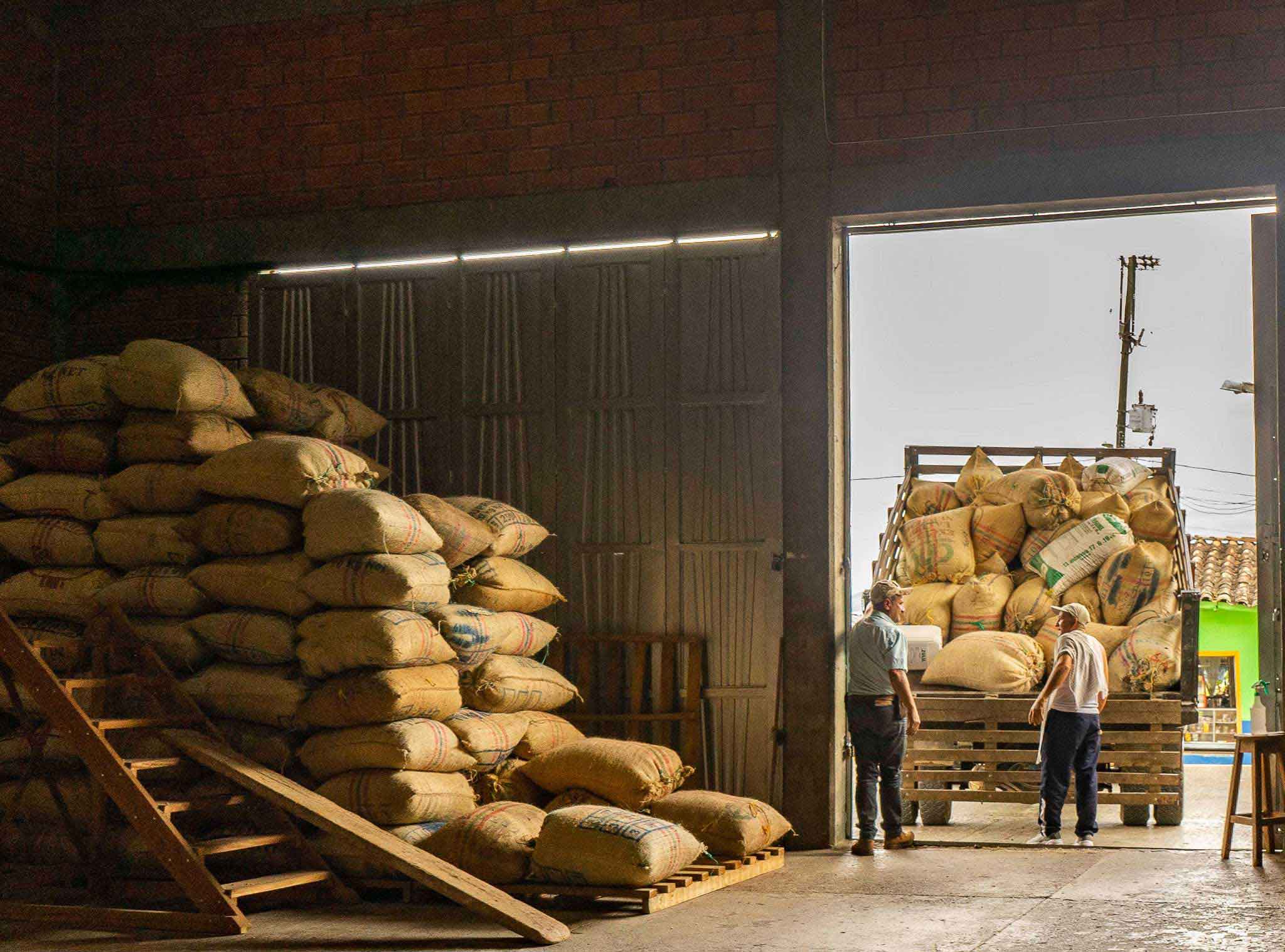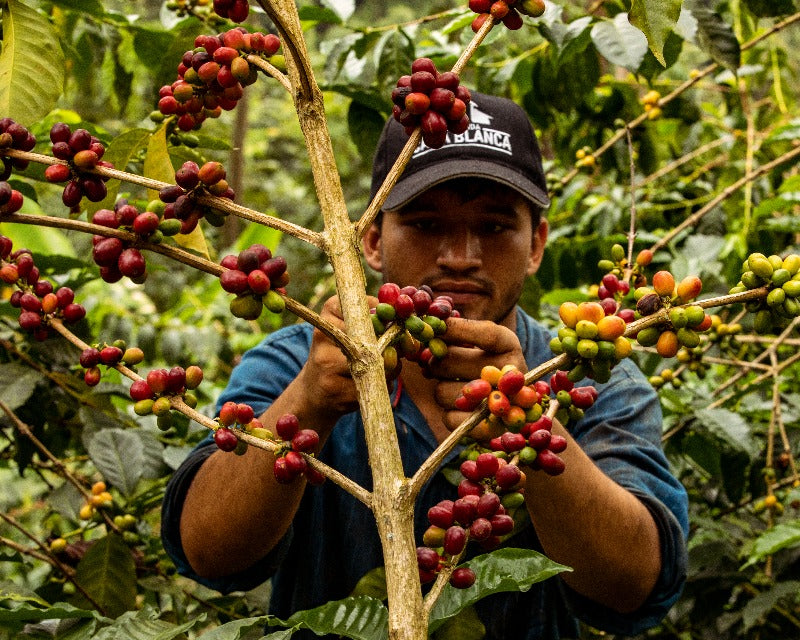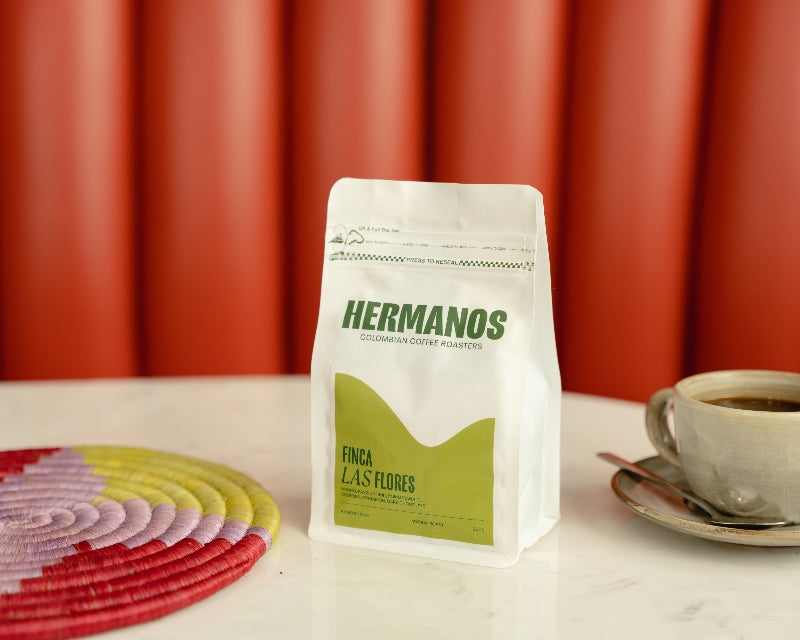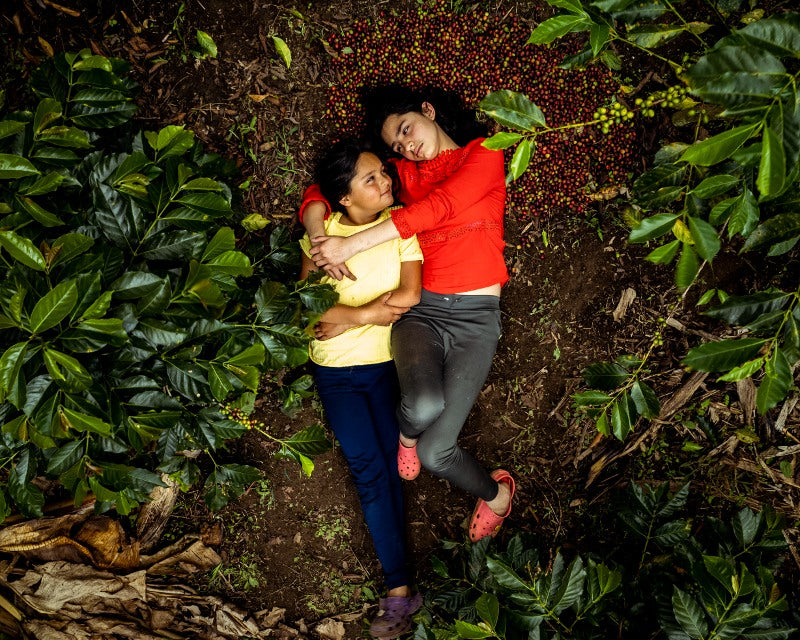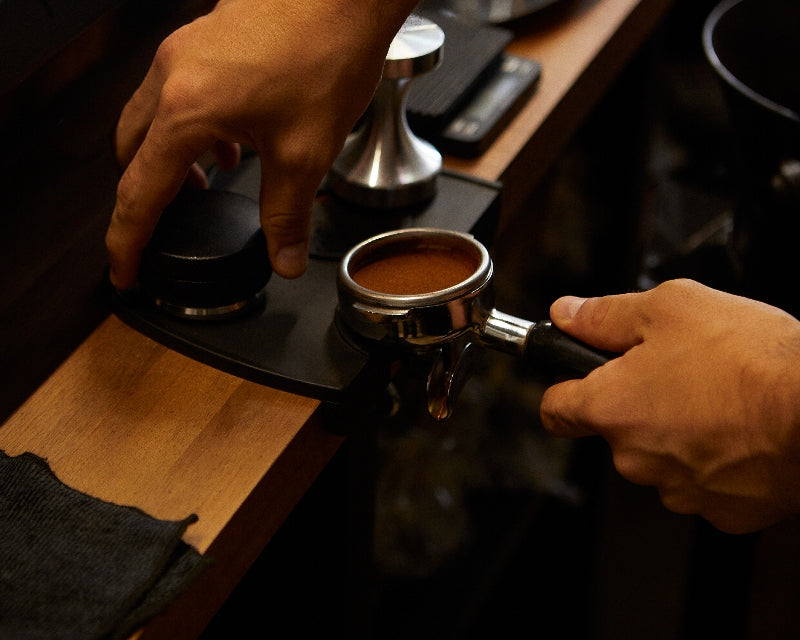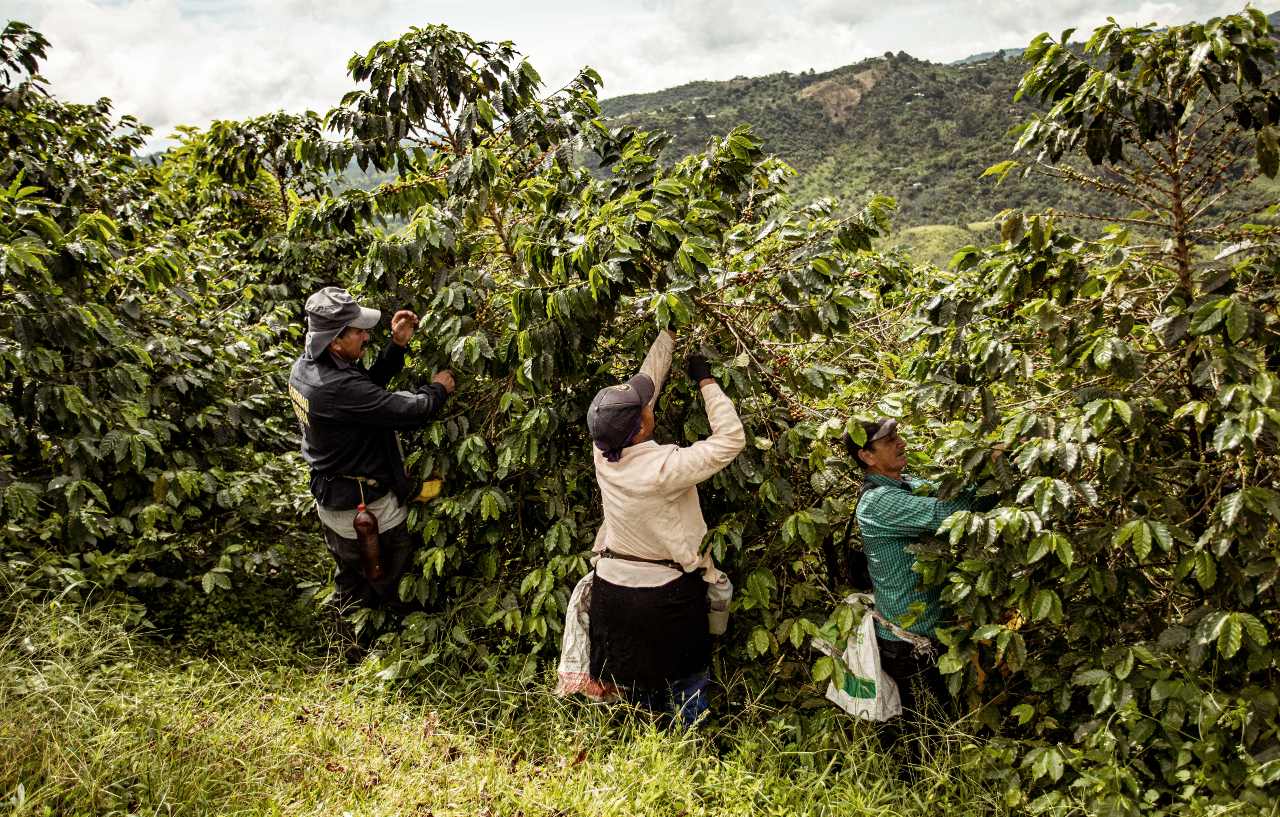Contents
-
Why We Roast (And What Happens When We Do)
-
Roast Types
-
The Case For Lighter Coffee Roasts
-
Matching Coffee Roasts With Brewing Methods
-
Takeaways
You might already know that coffee roasting matters to the notes you taste in the cup, but did you know why? Does dark mean bitter? Does light mean fruity? Is medium roast a safe “middle ground”?
The truth is, far more than just the final colour of the beans, the degree to which coffee is roasted has a huge influence on everything from acidity and bitterness levels to the way the aroma rises from whatever wonderful brew you find yourself gazing on.
So while knowing why a dark roast is different to a light roast might not change your mind on which you prefer, it’s a good step for any fledging coffee enthusiast to take. And once armed with more clarity, you may well feel a greater sense of satisfaction when you resupply your cupboards with that medium roast you deep down always knew was the one.
As roasters, we’ve got a lot to say about the process that has helped define us in many ways. But for the purposes of this post, we’ll focus on how you as a customer can make a call about the type of coffee roast you choose.
The way coffee is roasted has a huge influence on everything from acidity and bitterness levels to the way the aroma rises.
Why We Roast (And What Happens when We Do)

Coffee beans need to be roasted. Without this phase, even the finest specialty batch will take on a whole different form. After coffee cherries are picked from the plant, the pulp is removed and the beans are washed and dried, you’re left with a bean that’s green and actually quite unpleasant to consume.
Take a bite into one of these and you’ll find none of the trademark coffee notes you know and love. While we still appreciate green beans for allowing us to retain all the quality and taste within the bean as it’s being transported, all the flavour and aroma rests dormant within this state until we start the roasting process.
After export, when we finally apply the level of heat needed to trigger the various chemical reactions that cause beans to change colour, it’s only then that all the beautiful flavours are made available to us.
During the process, as the beans are heated to varying degrees and over specific durations, they’ll move from a light brown colour to medium brown, and eventually to dark brown and then black. It’s a bit like toasting a slice of bread in this sense.
The longer you roast, the more you move away from the natural flavours of the original bean.
Without going too far into the science, complex carbohydrates are broken down into smaller sugar molecules that can be dissolved in water and the beans become caramelised and start to take on a more sweet flavour. However, like toast, if this carries on for too long, what was once sweet and caramelised becomes bitter and eventually unsavoury.
So, if you imagine that you start out with more acidity at one end, for lighter roasts, applying heat introduces sweetness until the point your beans become darker and more caramelised, until this sweetness gets replaced with bitterness as it moves towards a darker roast.
The different roasts you’ll see on your coffee bags therefore refer to the point at which the roasting process is stopped as beans move along the spectrum. And a general rule of thumb to keep in mind is the longer you roast, the more you move away from the natural flavours of the original bean — influencing the final flavour, aroma, and body of your finished cup.
Learn More About Our Story and Why We Roast

Roast Types

There’s plenty of overlap, but coffee roasts generally fall into one of three major categories — light, medium and dark.
You might also see brand’s specify that their beans are an ‘espresso roast’, for example, but this just means it’s a darker roast, which is deemed to be more suitable for the espresso method.
Light Roasts
Beans that are lightly roasted appear dry and pale in general (usually a very light brown). They’ve been subjected to less heat and therefore less change, meaning they’re likely to retain a greater amount of their original qualities, whether that’s fruitiness, nuttiness or other complex notes that come from the coffee plant.
-
Higher levels of acidity
-
Low levels of bitterness
-
May offer a delicate balance of complex flavours
-
Retains its natural aroma
-
Offers less body (thickness) than darker roasts
Tip: Order light coffee roasts without milk and try to distinguish the different coffee notes in your cup. Milk can distract or even eliminate many subtle nuances so keep it clear to see if what you taste matches the description on the bag.
Medium Roasts

Medium roasted beans offer a much sweeter profile in general than light roasts. While some of the bean’s natural characteristics will be developed, some will also be taken away, such as acidity and certain coffee notes. These beans will also come with more flavour brought from the roasting process, like sweetness.
They’ll still feel dry to the touch and less oily than dark roasted beans, but after being roasted for longer, will bring more flavour from the process (sweetness) and take away some of the natural bean characteristics (acidity and coffee notes).
Dry to the touch and usually mid-brown in colour, medium roast beans also offer a fuller body with some bitterness to the cup, depending on how far down the road they are. It’s a popular option for many specialty coffee beans offering a good balance of acidity, original flavour and sweetness.
-
Mild yet present levels of acidity
-
A good amount of flavour nuance and complexity from the original beans
-
Higher levels of sweetness without being overwhelming
-
Medium level of bitterness, often counterbalanced by other characteristics
-
Moderate level of body
Tip: If you’re home brewing, try to pair medium roasts with pour over methods like the v60 or Chemex. This way you’ll be able to draw out more of the flavour and release the complex notes of your coffee beans.
Medium roasted beans offer a much sweeter profile in general than light roasts.
Discover Our Full Range of Medium Roast Coffee!
Dark Roasts
Beans that are dark roasted have undergone the most amount of chemical change. Any intrinsic qualities are often stripped away and replaced with characteristics that come from the actual roasting process itself, such as more bitterness and body.
If you’re starting with lower grade coffee beans that come with few or no special qualities, this masking effect isn’t necessarily a bad thing. As the popularity of many big brand coffee chains have shown us, people enjoy full-bodied bitter coffees that once started as quite commonplace beans.
-
Minimal levels of acidity
-
High levels of bitterness
-
Few delicate nuances of flavour
-
Reduced sweetness
-
Potentially more savoury notes such as chocolate or liquorice
-
A heavier body and sometimes more powerful aftertaste
Tip: If you prefer milk with your coffee and love bitterness, dark roasts can be a good option as milk doesn’t smother the flavour when added to a milk-based coffee like a latte in the same way it does with lighter roasts.
The Case for Lighter Coffee Roasts

If you’ve never tried a lighter roast before, we would recommend that you do — even just so you know what it’s like.
As you go further towards the dark end of the spectrum, you get further away from the natural and wonderful flavours of the original coffee bean. This brings with it various qualities you might enjoy, but these are more likely to come from the actual roasting process with the quality of the beans becoming less important.
If you’re just getting into single origin coffees, sourced from one plantation or estate, we would also recommend leaning towards light and medium roasts.
A big reason for this is that specialty coffee farmers often painstakingly adjust growing conditions to unleash certain characteristics, like hints of orange or nutmeg. And with dark roasts, these subtle hints can be easily lost.
You can add more caramel or bitterness to almost any bean simply through the roasting process, but the subtle nuances that come from within the beans themselves can’t be manufactured post-harvest.
As specialty coffee roasters, our approach has always been to bring out the intrinsic flavours of the bean rather than change or hide them. Medium roasts offer us the most “space” and practically to retain the amazing flavours we find when exploring the diversity of Colombian coffee, while offering customers beans that match a wide range of preferences.
Tip: If you want to learn more about the difference between light, dark and medium roasts, look out for our tasting sessions! And if you want to see the roasting process in action, stop by our coffee lab where you can see it all happen with your own eyes.
Learn What Makes Colombian Coffee Beans So Special!
Matching Coffee Roasts with Brewing Methods

You should feel free to make up your own mind about what tastes better, but there are a few reliable pairing suggestions that might help you choose the right brew method to match your coffee roast, or the other way around.
|
Roast Type
|
Brew Methods
|
|
Light roasts
|
Filter (V60, Chemex)
|
|
Medium roasts
|
Espresso, French Press, Aeropress, Moka Pot, Filter (V60, Chemex)
|
|
Darker roasts
|
Espresso, French Press, Aeropress, Moka Pot
|
Generally, lighter roasts retain more of the original bean’s flavour profile, which can be teased out nicely with various pour over filter methods that allow you to let floral or fruity flavours come through more.
So if your Sunday morning is the only time you have for slowly preparing a pour-over home brew, maybe this is the time for a lighter roast.
If you’re craving a full bodied brew for a strong and chocolatey cup of coffee with plenty of bitterness, using a darker roast combined with a French press could be the best move.
Tip: Darker roasts don’t contain more caffeine than lighter roasts. Many people associate dark roasted coffee with flavours like toast, charcoal, and a general burned-ness and wrongly assume this translates to coffee “strength”, however, several other factors like brewing method and original coffee bean are better determining factors to pay attention to.
Lighter roasts retain more of the original bean’s flavour profile, which can be teased out nicely with various pour over filter methods.
Takeaways

Consciously choosing different coffee roasts is a great way to take a step into the world of specialty coffee, even if the end goal is simply reaffirming your love for a particular type.
This is just one way to control the kind of notes you’re getting from your cup, but it can quickly add some well-needed structure to your internal coffee compass.
Finally, a good question to ask yourself when choosing a roast type is, which coffee qualities do I want to take the lead? Whether it’s fruitiness, body, sweetness or just an all-round well-balanced cup, the answer should be a good place to start when choosing the roast you go for.
Visit Our London-based Roastery and Lab to See the Roasting Process Happen in Person!







